Cartagena is Colombia’s hub for colonial history and beach vibes. This was the final stop on my trip before flying home.
I spent five nights in the city, more than enough time to satisfy my objective of seeing the city’s highlights. Here are my thoughts as you prepare for your first visit to Colombia’s coast.
In This Post
- 1. Prepare for Hot Weather
- 2. Explore the Old City
- 3. Wander the Streets of Getsemani
- 4. Spectacular Seafood
- 5. Colonialism & Caribbean Culture
- 6. Military History, By Land and Sea
- 7. Hang Out at Playa Bocagrande
- 8. Visit the Rosario Islands
- 9. Do a Rooftop Crawl for Cocktails and Sunsets
- 10. Learn About Gabriel García Márquez
- Conclusion
1. Prepare for Hot Weather
Cartagena sits on the Caribbean Sea, and it is hot and humid. If you’re coming from the inland mountains of Bogotá, Medellín, or Salento, you’re in for a shock.
Midday sightseeing can be downright unpleasant, with no reprieve. There were a few times where I regretted being on foot between 10am and 3pm. I ended up structuring one day to work from an air-conditioned café at that time, slotting in the day’s tourism before and after.
Don’t be surprised if you end up regrouping multiple times a day at your hotel, even if you’re staying outside the old city walls at Ermita Cartagena or the Hyatt Regency Cartagena.
As a friend put it, it’s one of the only places in the world where even the locals are visibly struggling with the climate.
2. Explore the Old City
Cartagena’s crown jewel is its walled city, which was designated a UNESCO World Heritage Site in 1984.
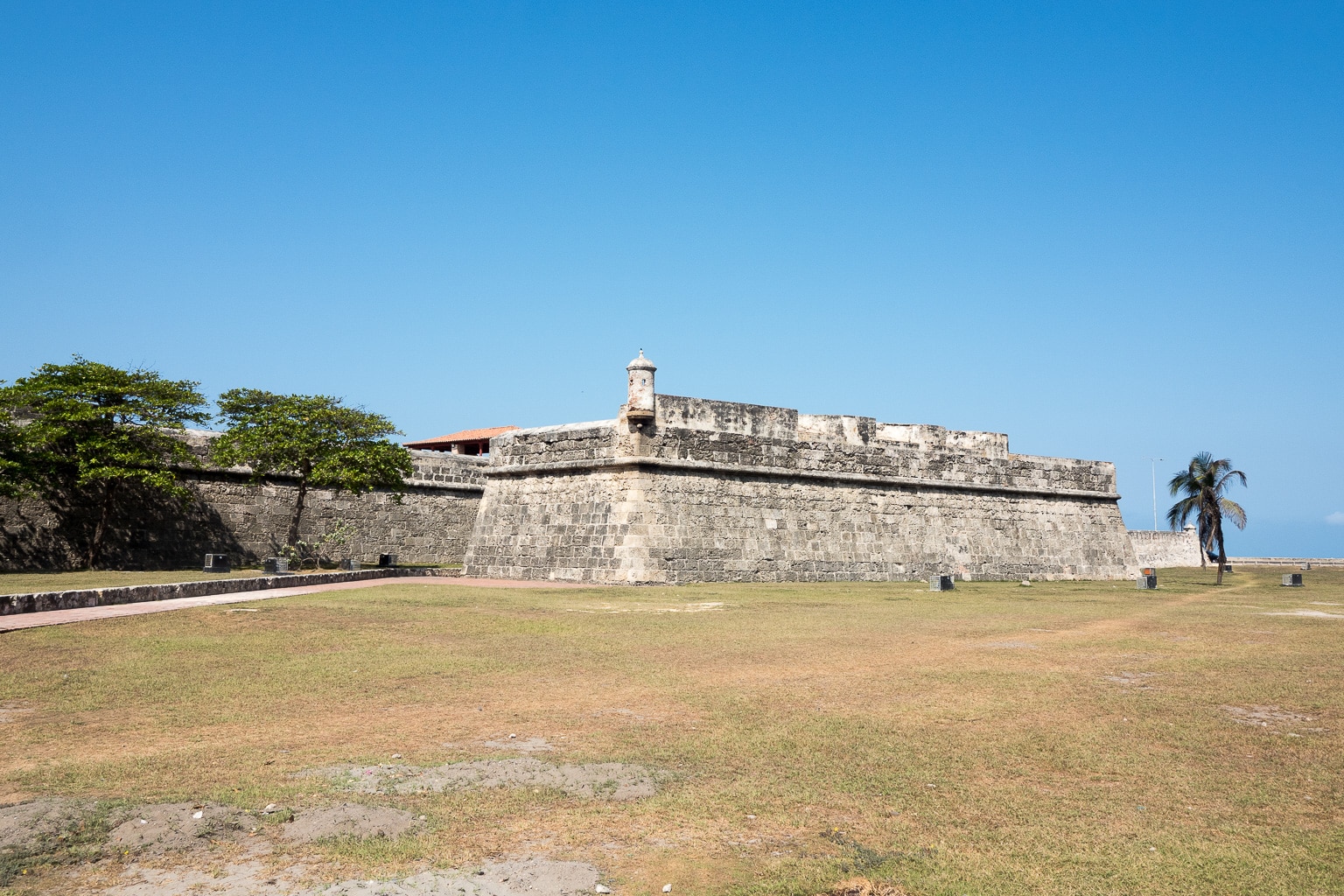
There are a few road entrances, and a couple more pedestrian access points.
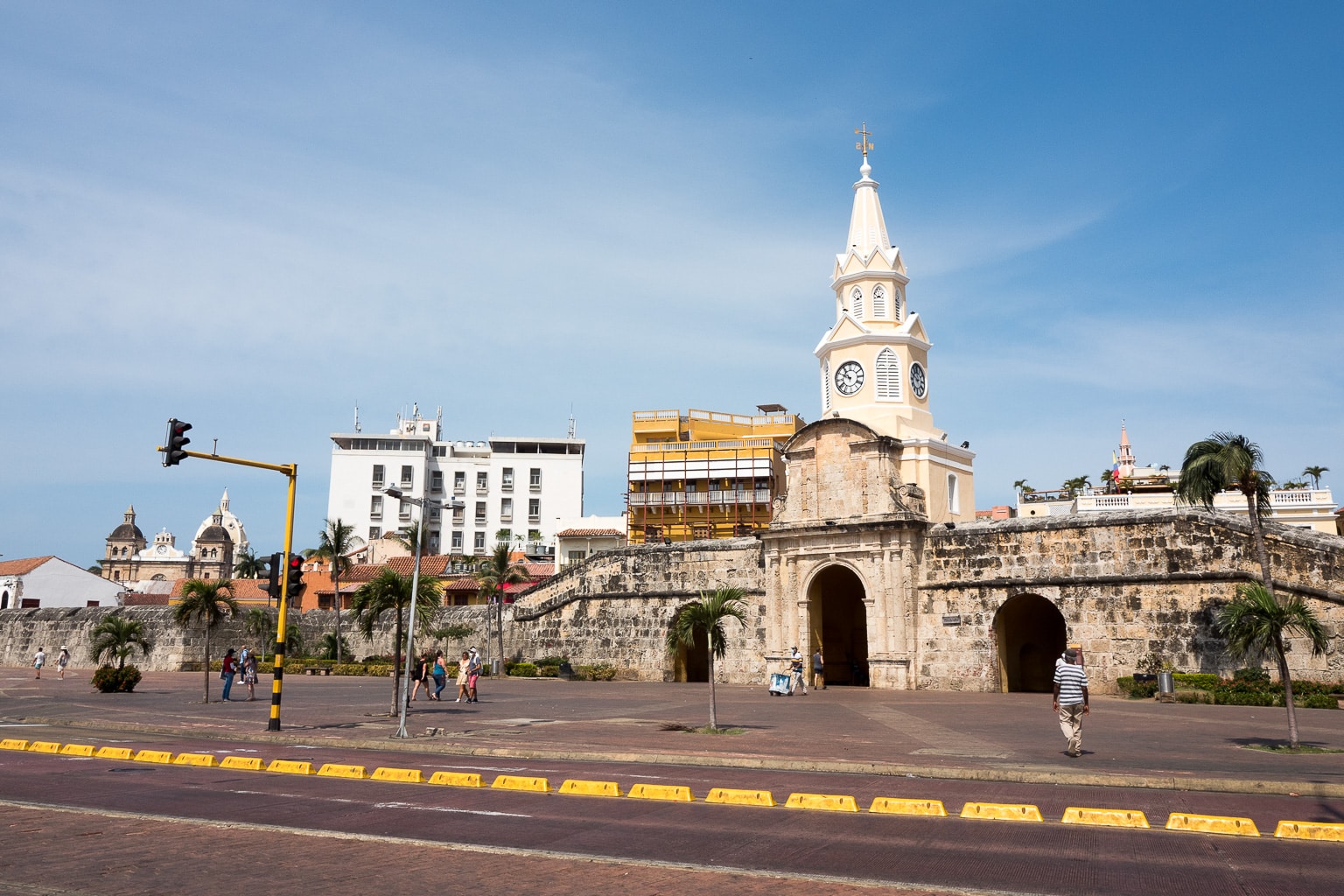
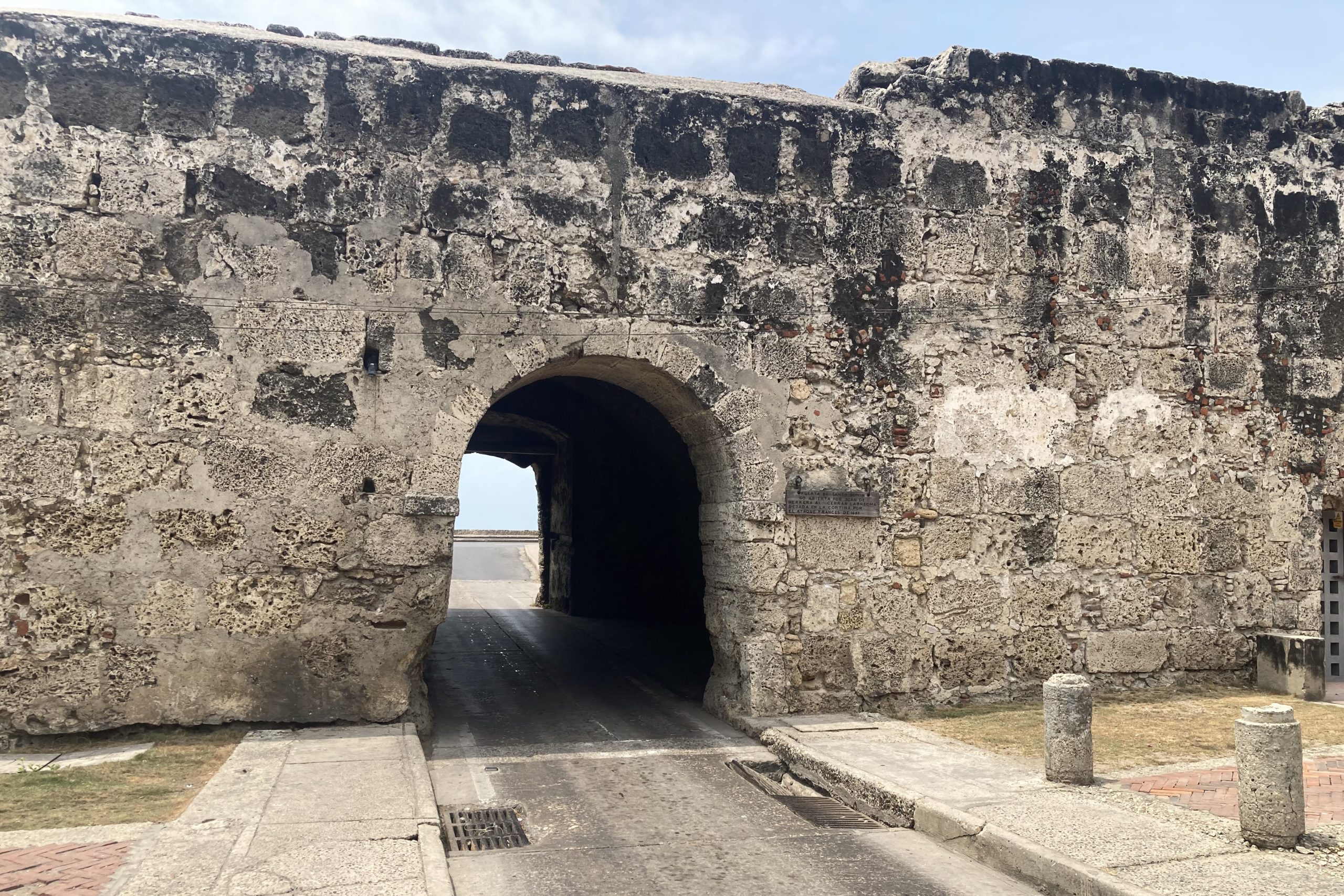
The area is quite easy to navigate on foot, covering an area of less than one square kilometre.
You can also walk along portions of the walls.
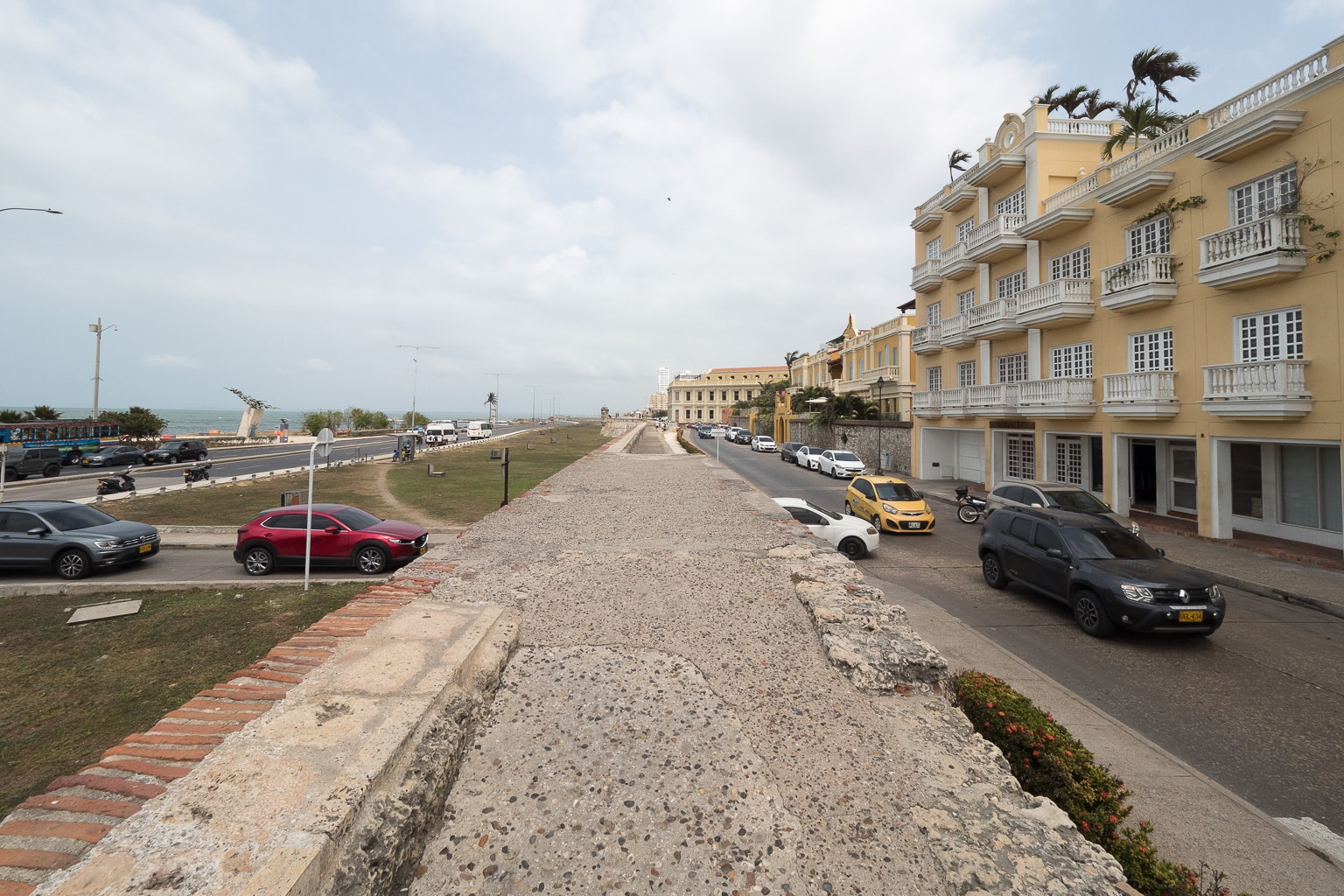
Inside the walls, you’ll see colonial architecture everywhere. The narrow streets are lined with well-preserved colourful structures.
The walled city is packed with hotels, shops, and restaurants and bars. Shopping is a bit more Westernized with luxury brands than you might expect based on the charm of the buildings and cuisine.
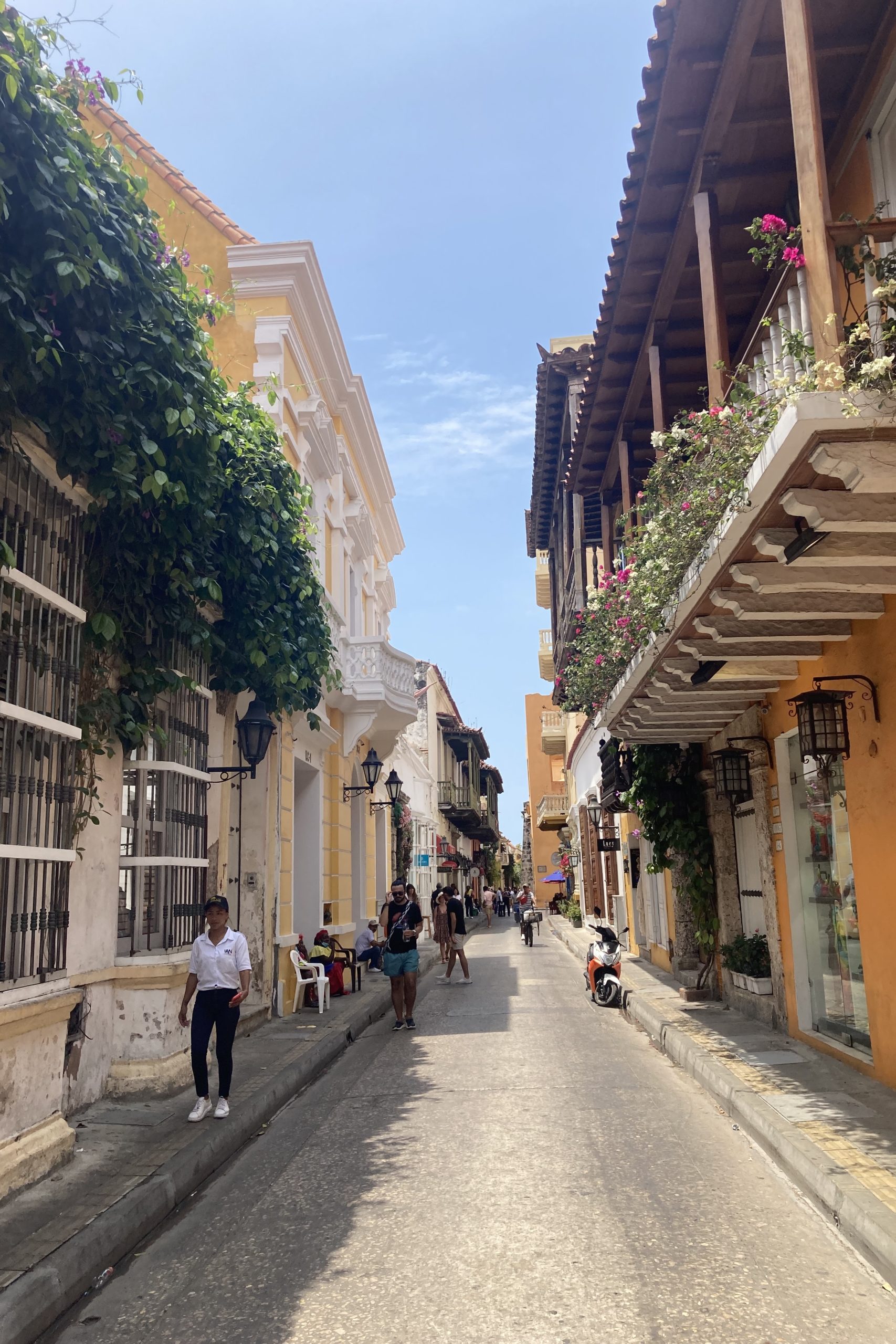
There are also a couple of parks and squares. They can get quite lively into the evening – in fact, the whole old city comes to life and grows more crowded as the day goes on.
The vast majority of your tourism will be done in and around the old city. Cartagena sprawls a fair bit, but all of the highlights are quite concentrated. I found no reason to venture into the locals’ neighbourhoods like I did in Bogotá and Medellín.
3. Wander the Streets of Getsemani
Montreal’s Plateau has the Mile End, New Orleans’ Bourbon Street has Frenchman Street, the Santa Monica Pier in Los Angeles has Venice Beach, and Cartagena’s old city has Getsemani.

While the colonial walls encircle the most dense concentration of sights, the adjacent neighbourhood of Getsemani has much of the same spirit, but without the overt tourist draws.
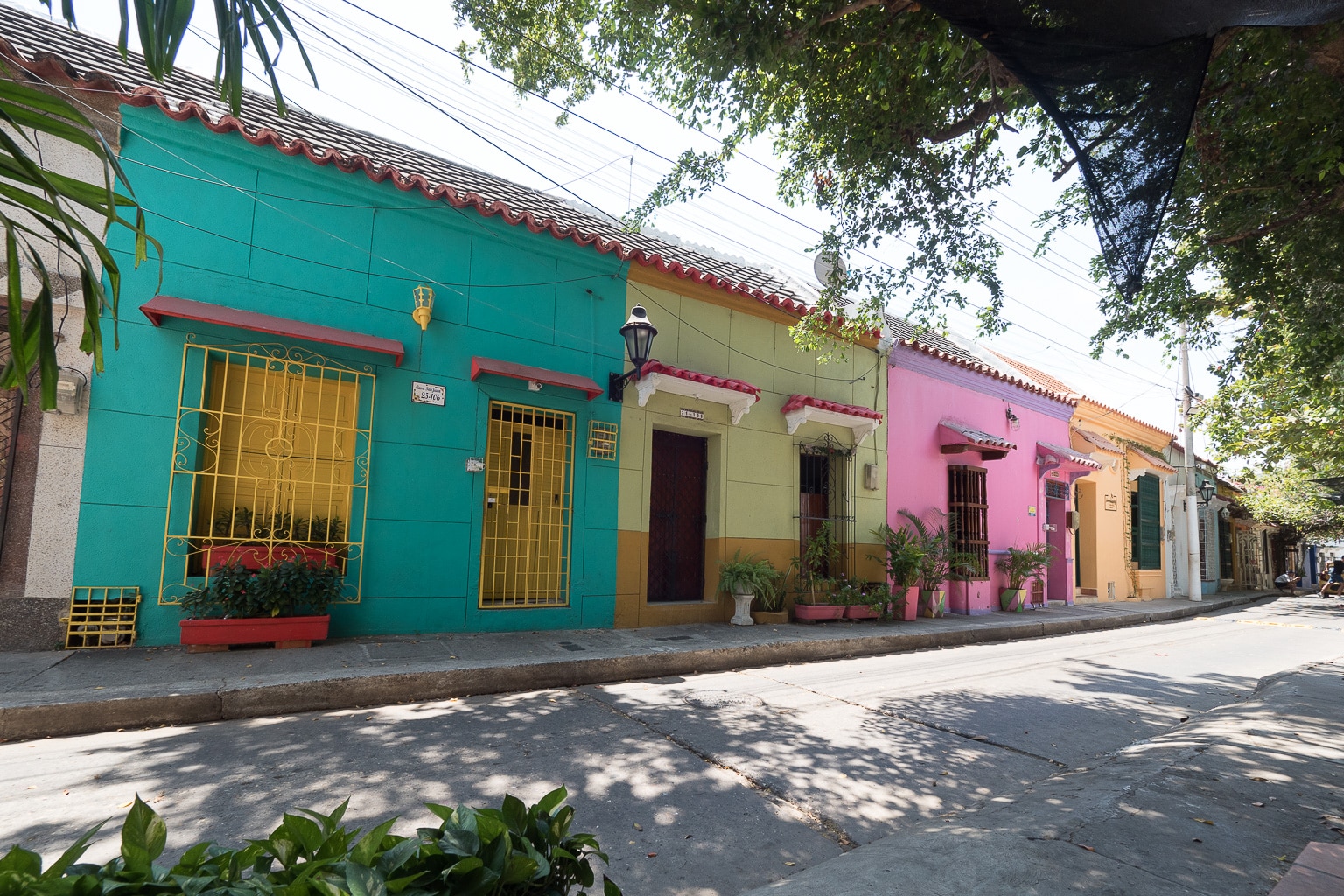
Go for a stroll, and you’ll see similar colonial buildings. The narrow streets make for some worthy photo ops.

The local energy comes to the surface here, with more café culture and community artists selling their crafts.

Getsemani reminded me quite a bit of the French Quarter, an analogy which my friends from New Orleans didn’t object to.
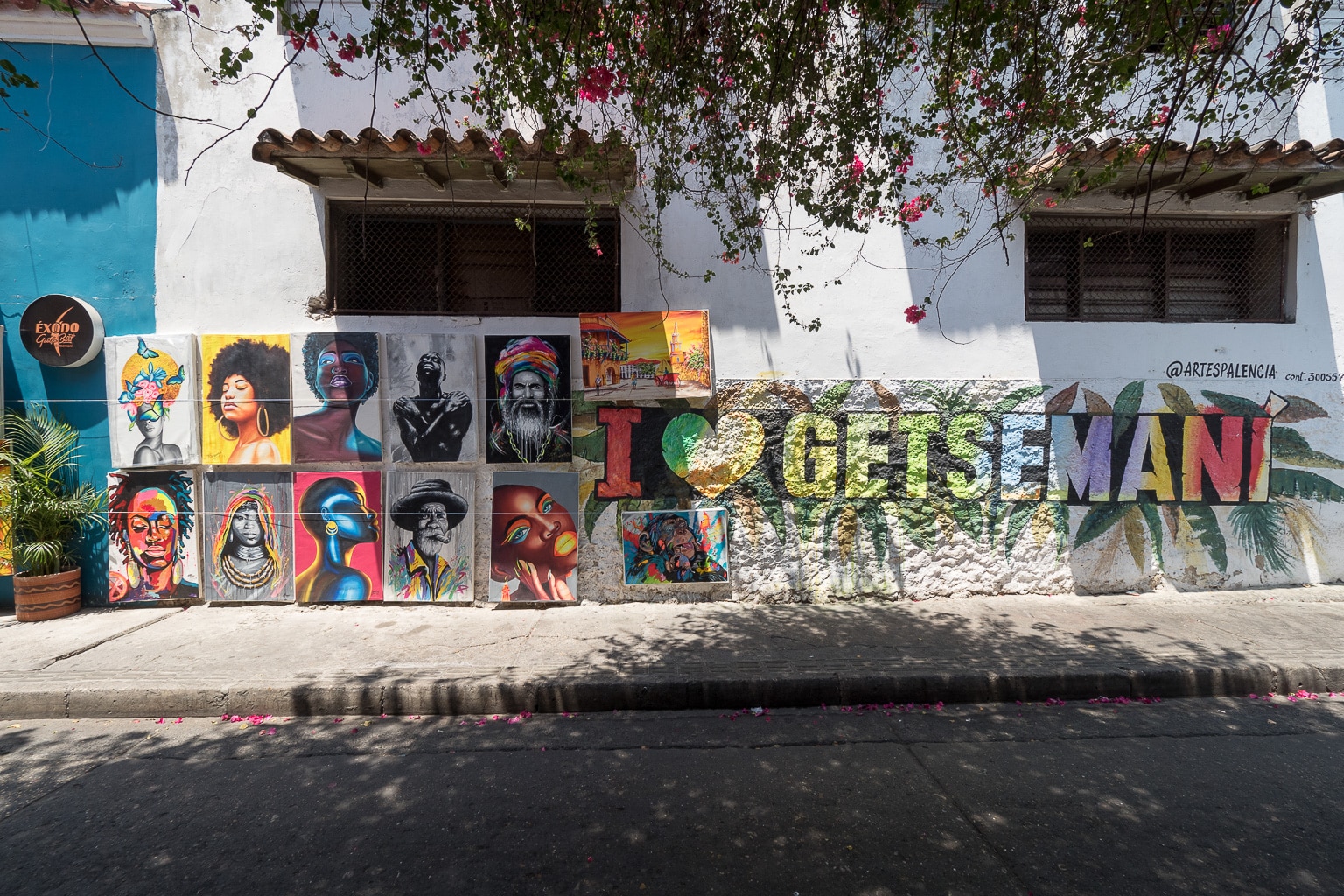
4. Spectacular Seafood
Where to begin? I’ve probably never eaten as much shellfish in such a short span of time as I did the week I spent on the Colombian coast. Here are a few faourites from the old city.
La Cevichería
We stopped for lunch at La Cevichería, an Anthony Bourdain-ordained joint.
We ordered a coconut ceviche and a couple of other seafood dishes recommended by our server, featuring mango and beets. Everything we tried here knocked it out of the park.
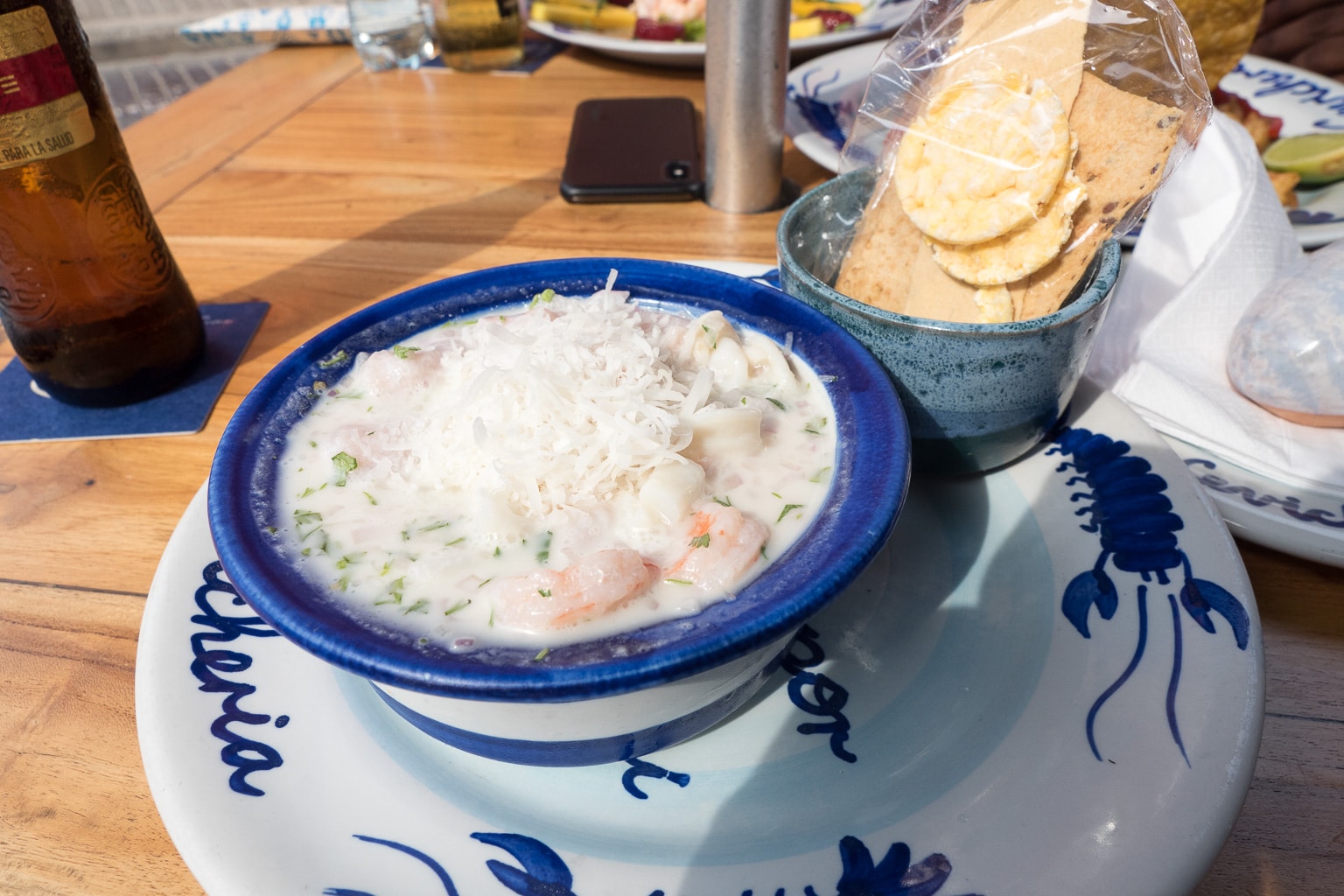
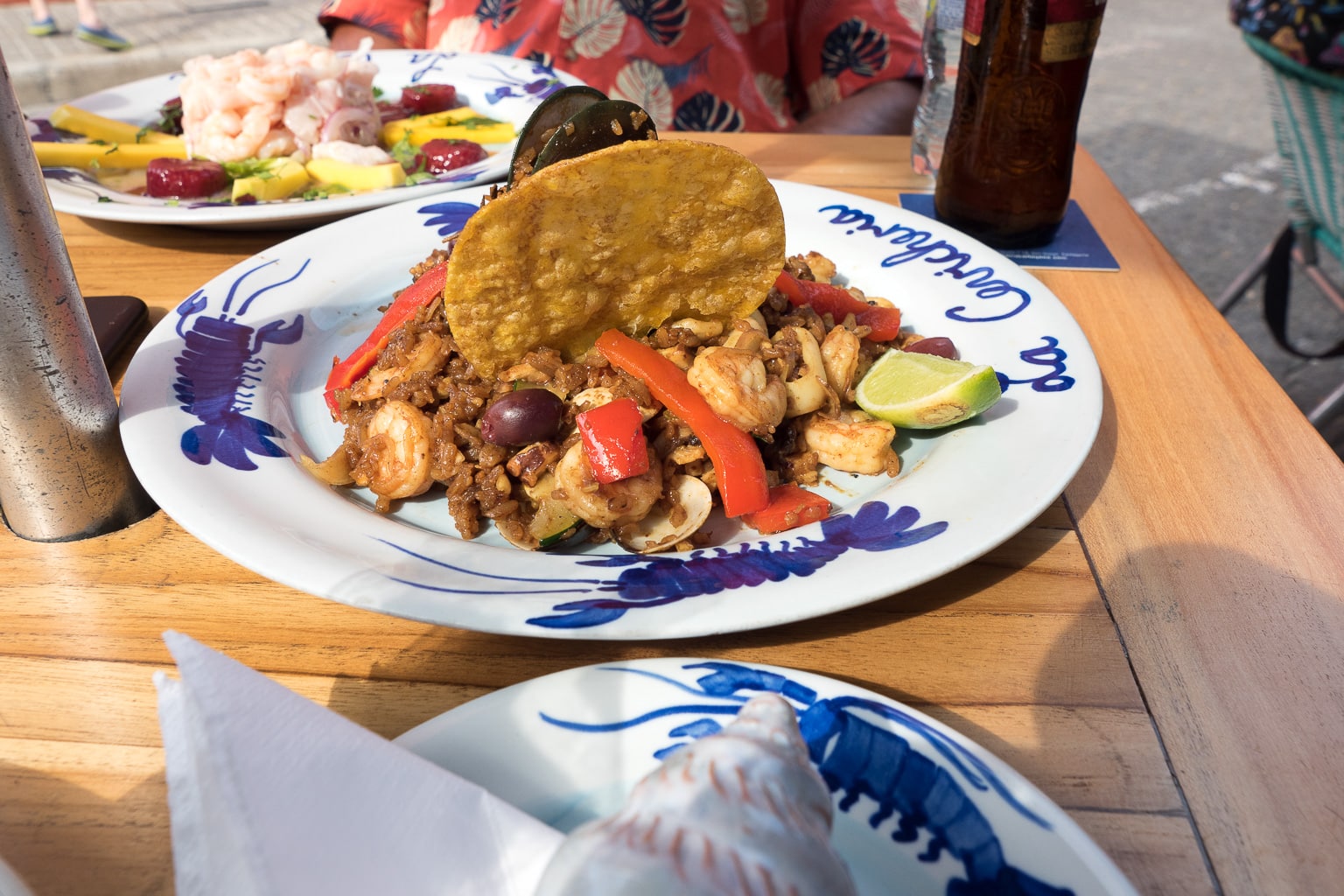
Cancha
Ricky and I linked up with a large group this evening, an intrepid mix of friends of friends coming together.
Our corner of the table veritably indulged in ceviche, ordering a platter of pesto octopus, coal-infused seafood, and lighter tropical flavours.
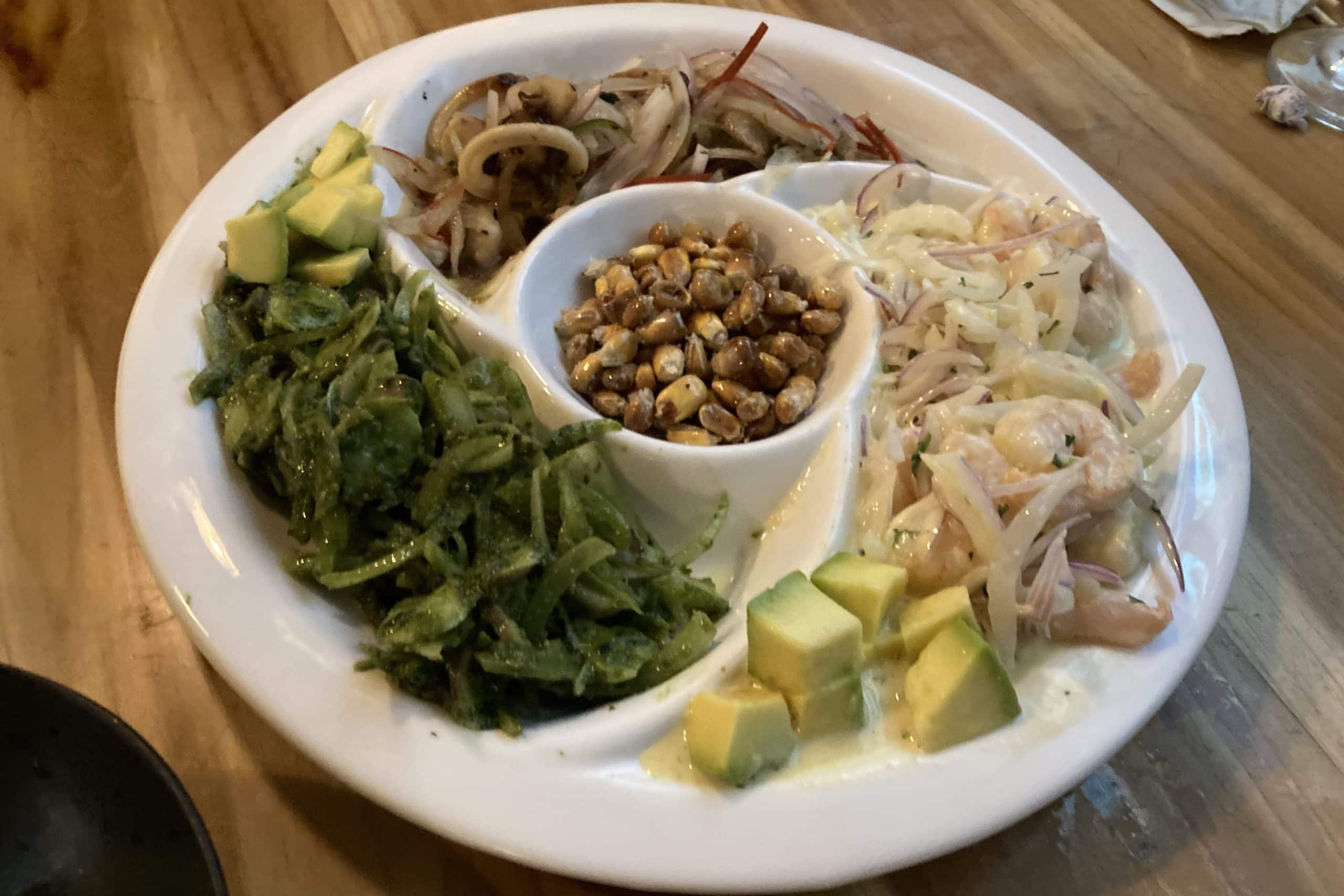
Additionally, we got a couple of sushi rolls, heavily featuring shrimp, as is the custom here. One roll featured plantain, which exceeded our modestly curious expectations.

Lobo de Mar
I stopped in at Lobo de Mar with a few friends from the Lost City Trek. Known for its gin menu, the trendy place was pretty low-key on a Monday night.
To share, we ordered octopus tacos with peanut sauce.
I also ordered fideuá de mariscos, a seafood wok consisting of octopus, squid, mussels, and shrimp. Fideuá is traditional to Valencia, Spain, a dish I had entirely forgotten about since I visited many years ago. It’s essentially paella made with noodles instead of rice.

Among the mains, consensus at the table was that my dish was a big winner.
5. Colonialism & Caribbean Culture
Over the years, Cartagena has been a nexus of cultures, as many have shared the territory – some through more virtuous means than others.
The northern coast of Colombia sits at the outlet of the trade winds as they carry ships from Europe and Africa. As a result, colonial impacts brought a high-traffic influx of a variety of people to the Caribbean coast.
Imperialist influence is unmistakable, both with the preserved architecture and the historic fortresses.
Cartagena became a crossroads for the slave trade, with many African and Caribbean people ending up here. You’ll notice that the racial ancestry of the locals here is distinctly more diverse than further inland, where the population is mostly made up of descendants of a mix of Indigenous people and conquistadors.
This is evident in Cartagena’s cuisine. Beyond the natural heavy emphasis on seafood along the coast, the local flavours are a bit more compelling than the recycled meat-and-beans-and-rice you’ll find rampant inland.
Also, the Caribbean culinary influence can be seen in Cartagena’s traditional sweet treats. I came home with some fruit-infused coconut pastries, and what I would describe as yucca shortbread cookies.
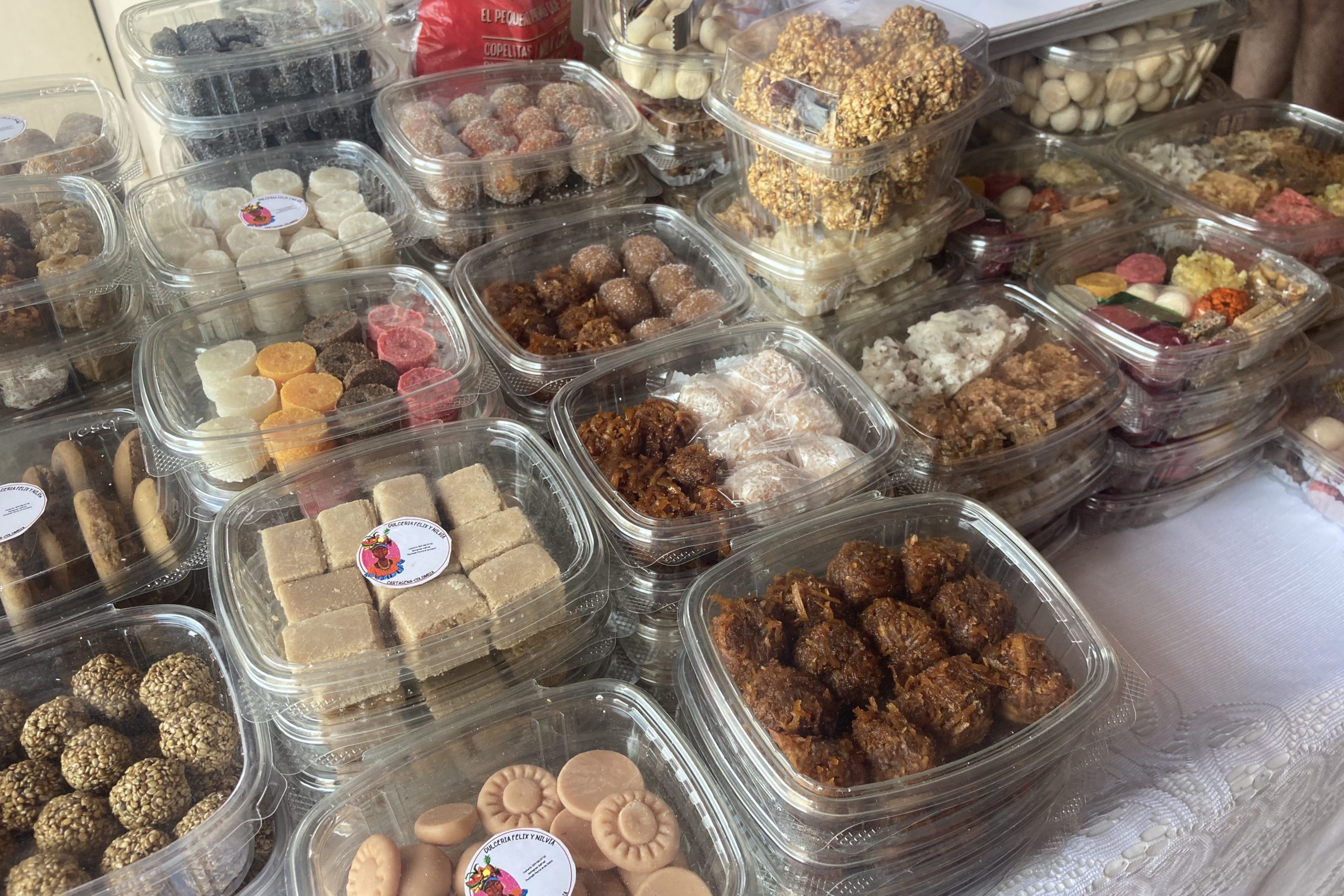
The legacy of the slave trade is still alive today. Not too far from Cartagena is the town of Palenque, a community of escaped slaves founded in the 1600s. It has developed its own culture which it has maintained over the years.
Palenque women in traditional dress can be found around Cartagena, going about their daily life and gladly posing for tourist photos.
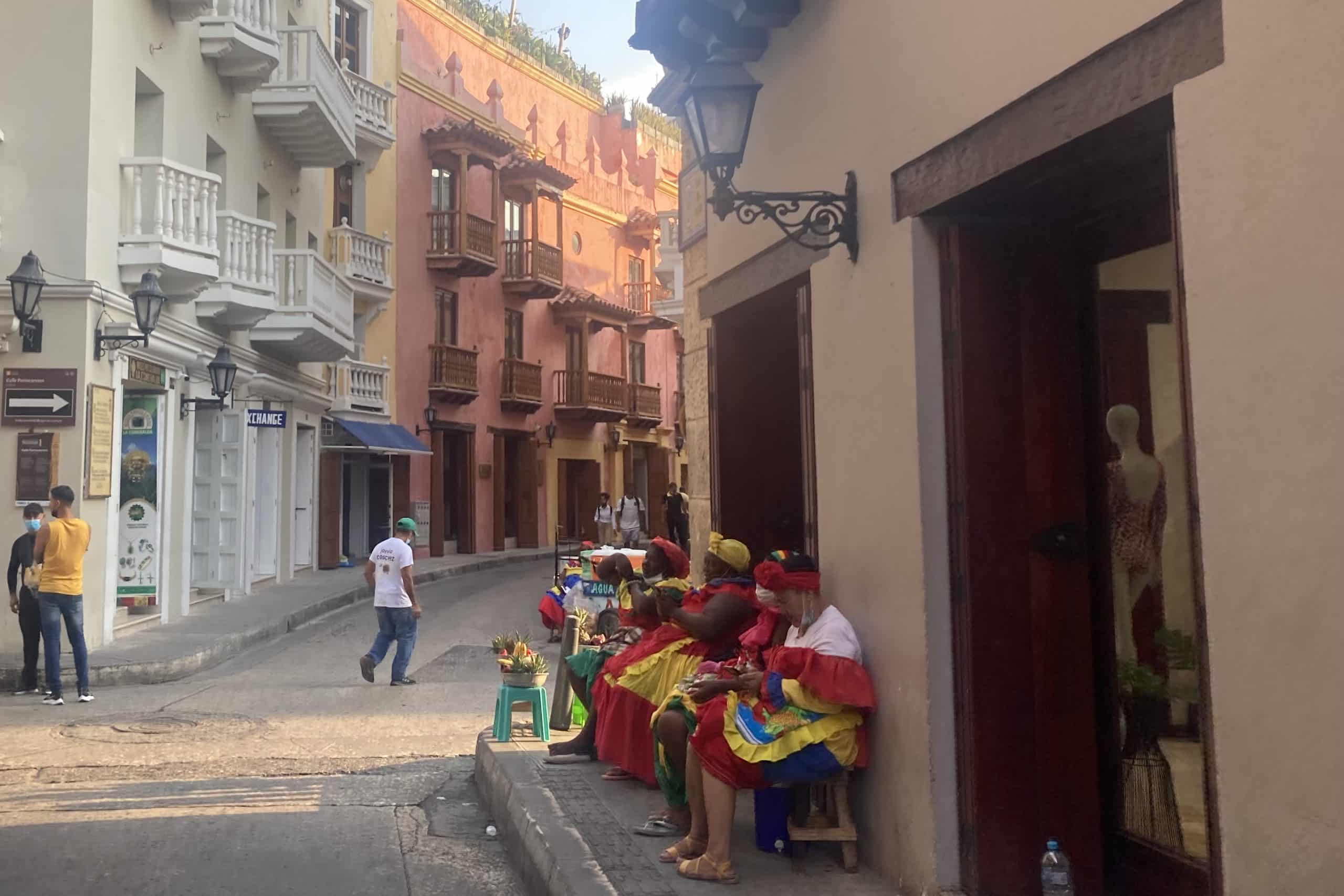
6. Military History, By Land and Sea
Cartagena has been a strategic military location for centuries, hotly-contested over the years by imperialists and pirates.
Naturally, the old city’s walls are the chief illustration of this.
Within the old city, there’s a cool Naval Museum. It covers a range of colonial seafaring, including the slave trade, piracy, and English invasions against the Spanish.
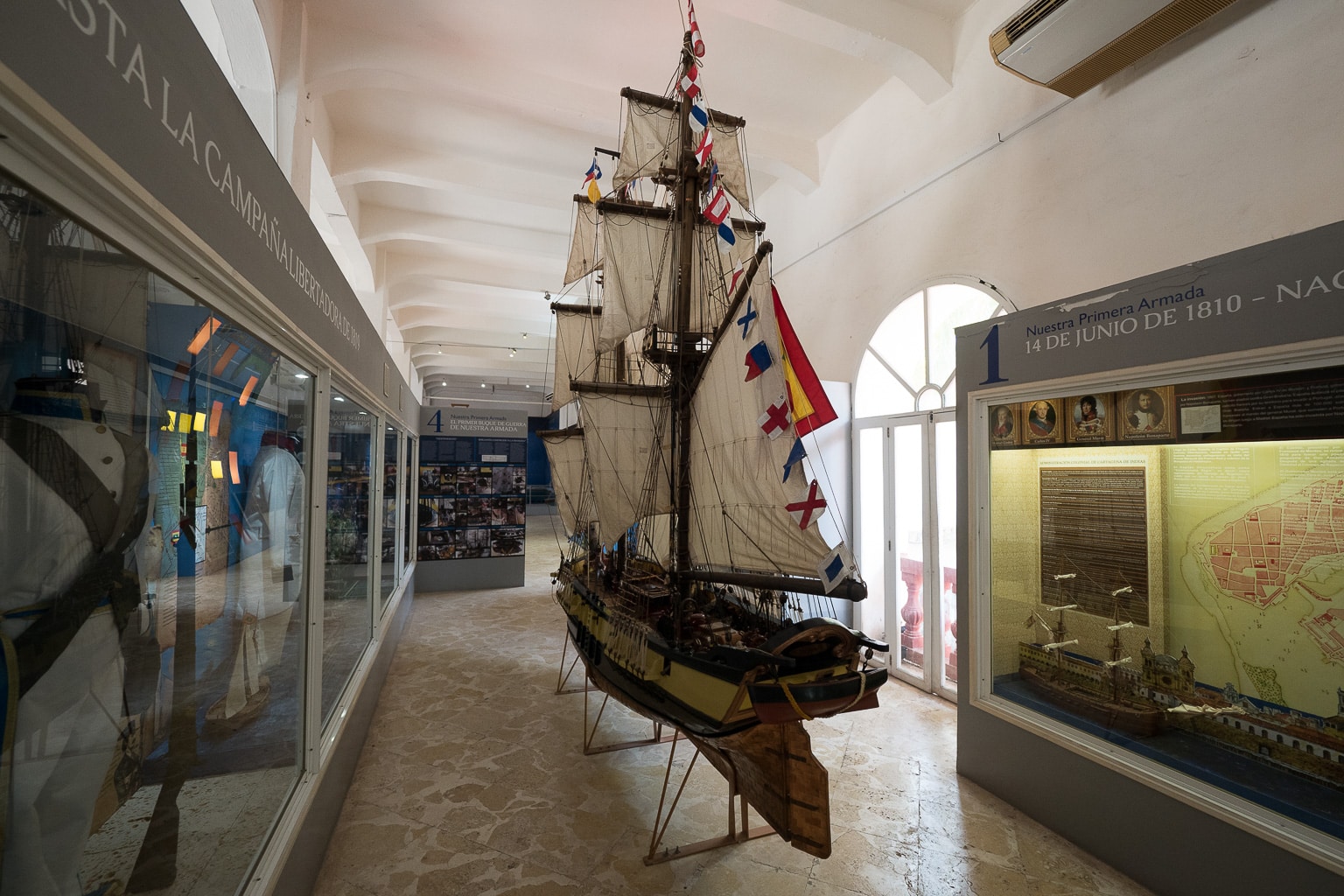
In addition to the historical timelines, there’s also quite a few maps showcasing naval strategy.
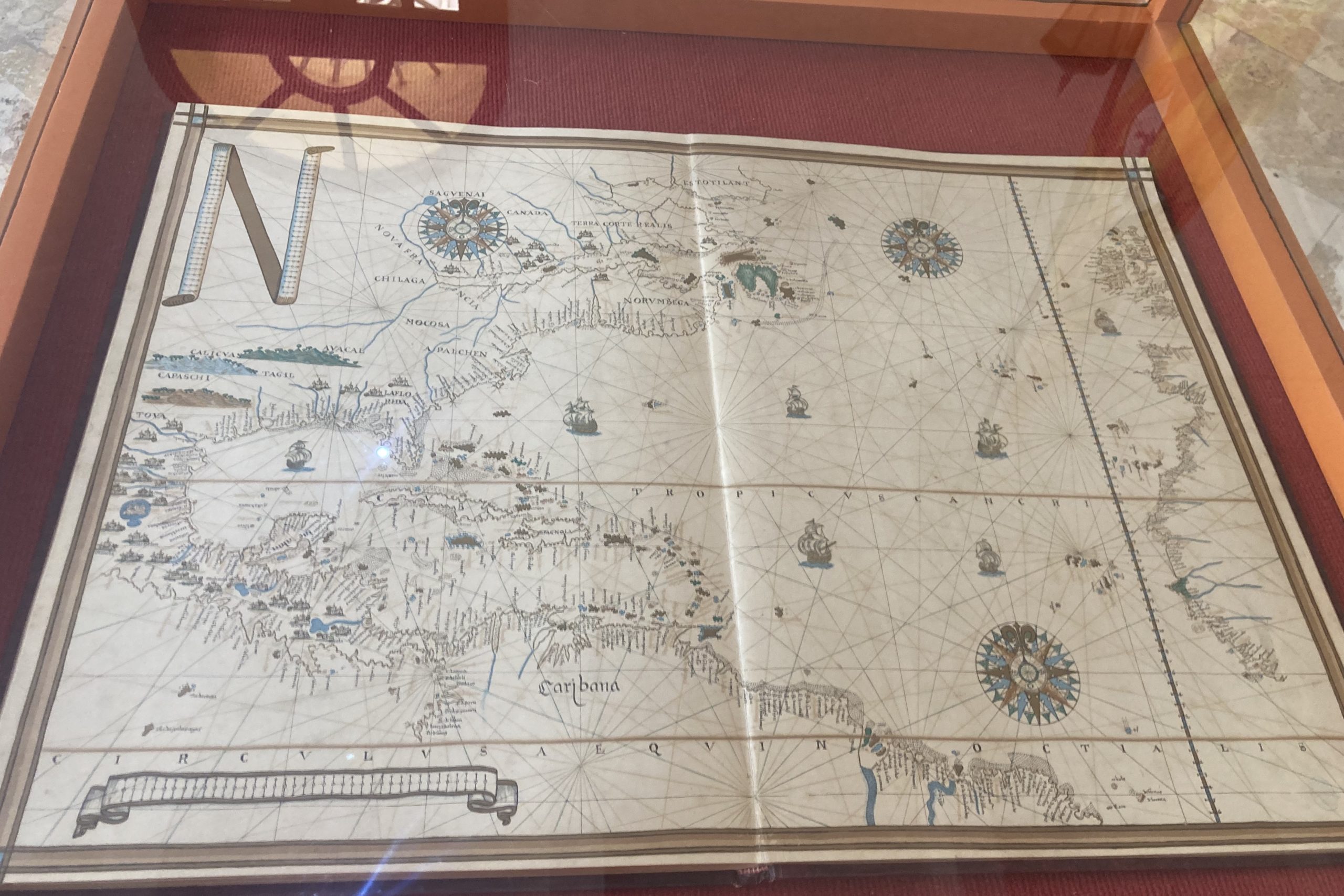
There’s also an exhibit on the modern Colombian navy, including a submarine walkthrough.
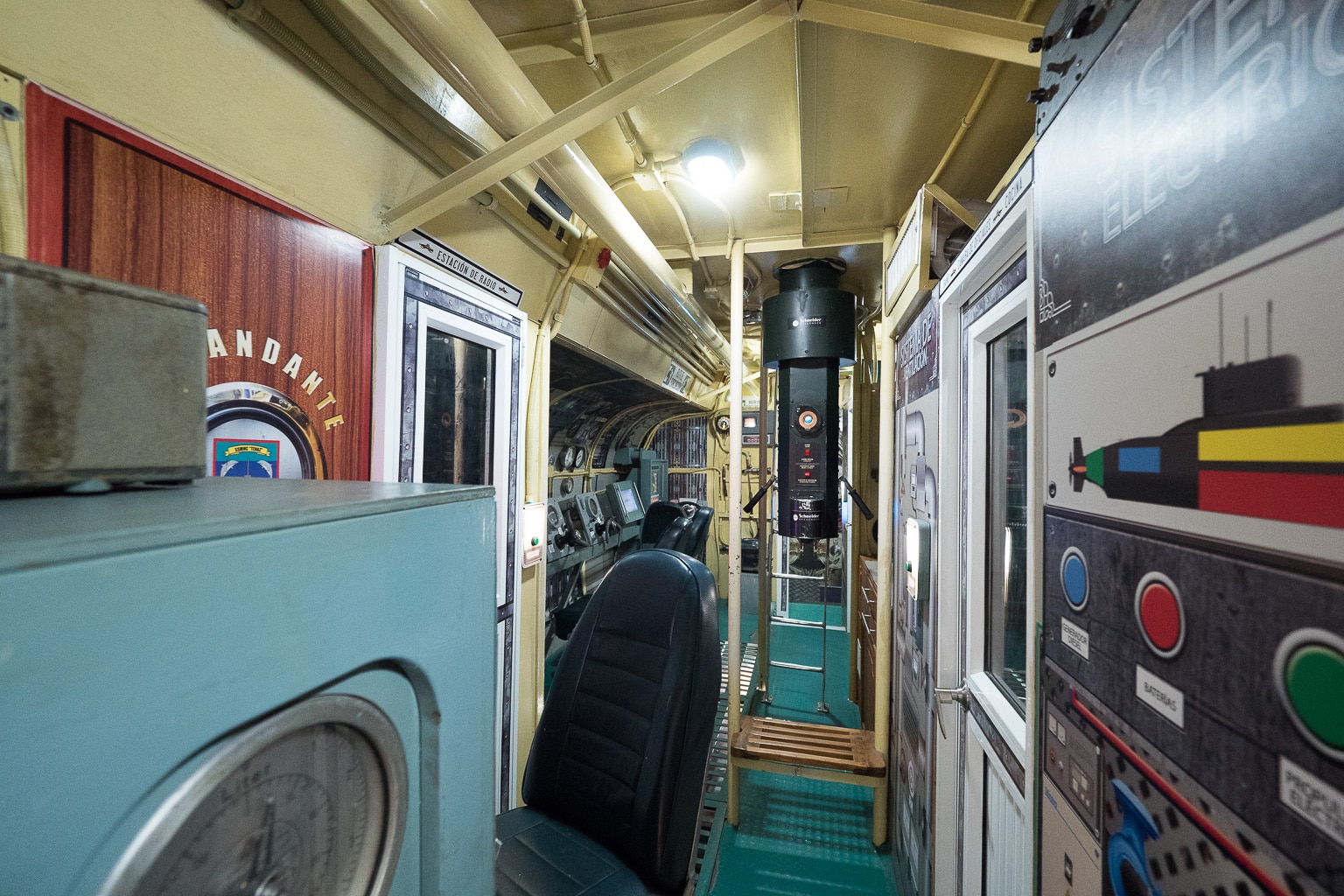
Note that the information in the Naval Museum is mostly in Spanish, although there’s enough English to get a good taste. I’d suggest also doing a walking tour to make sure you’re not missing out on the big picture of the country’s naval story.
Just outside the old city sits Castillo de San Felipe de Barajas, a hilltop fortress. While the bulk of the city’s wars have centred around the sea, this fortress was built to defend against invasions by land.
The battlement also has a network of tunnels, some of which are open to the public.
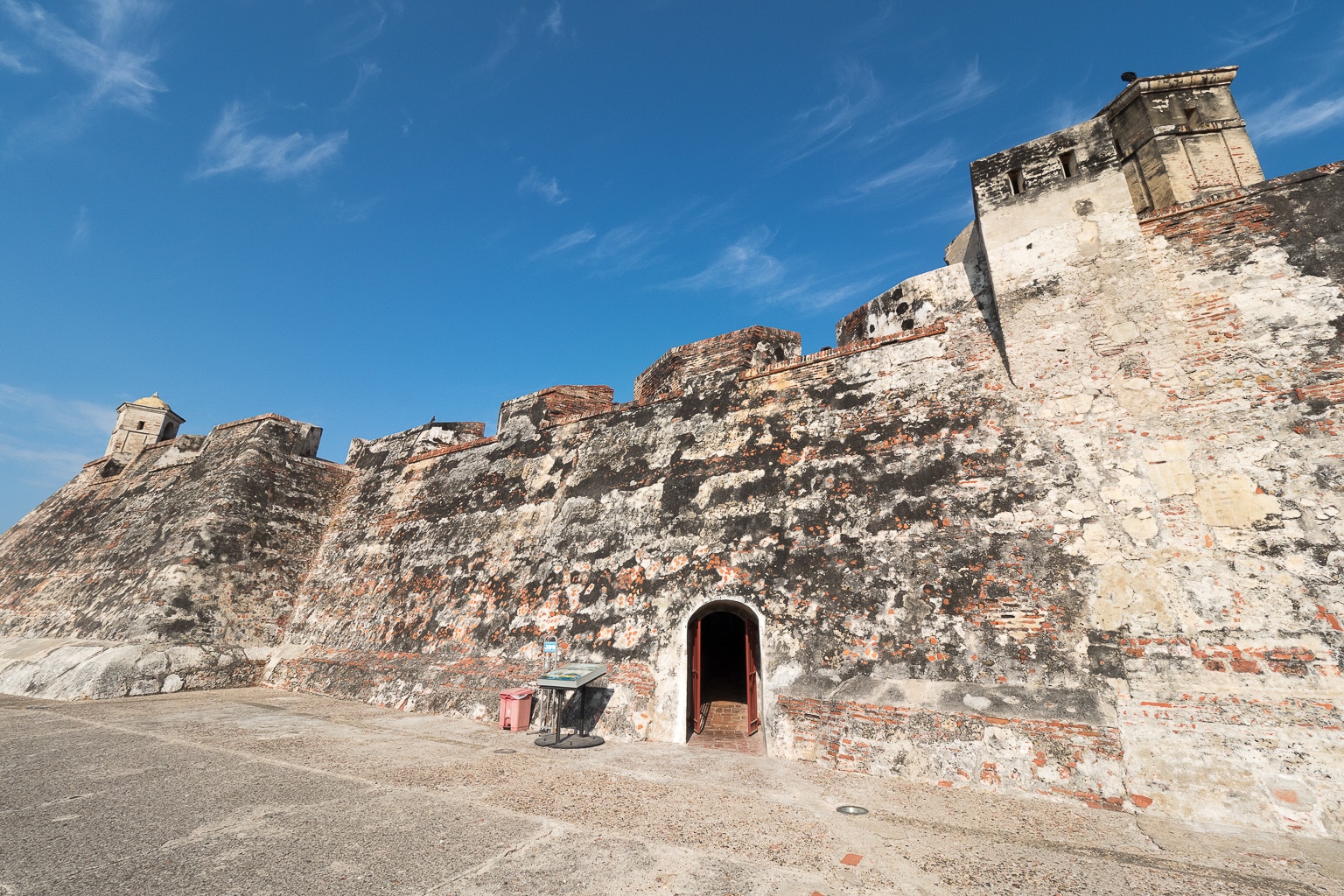
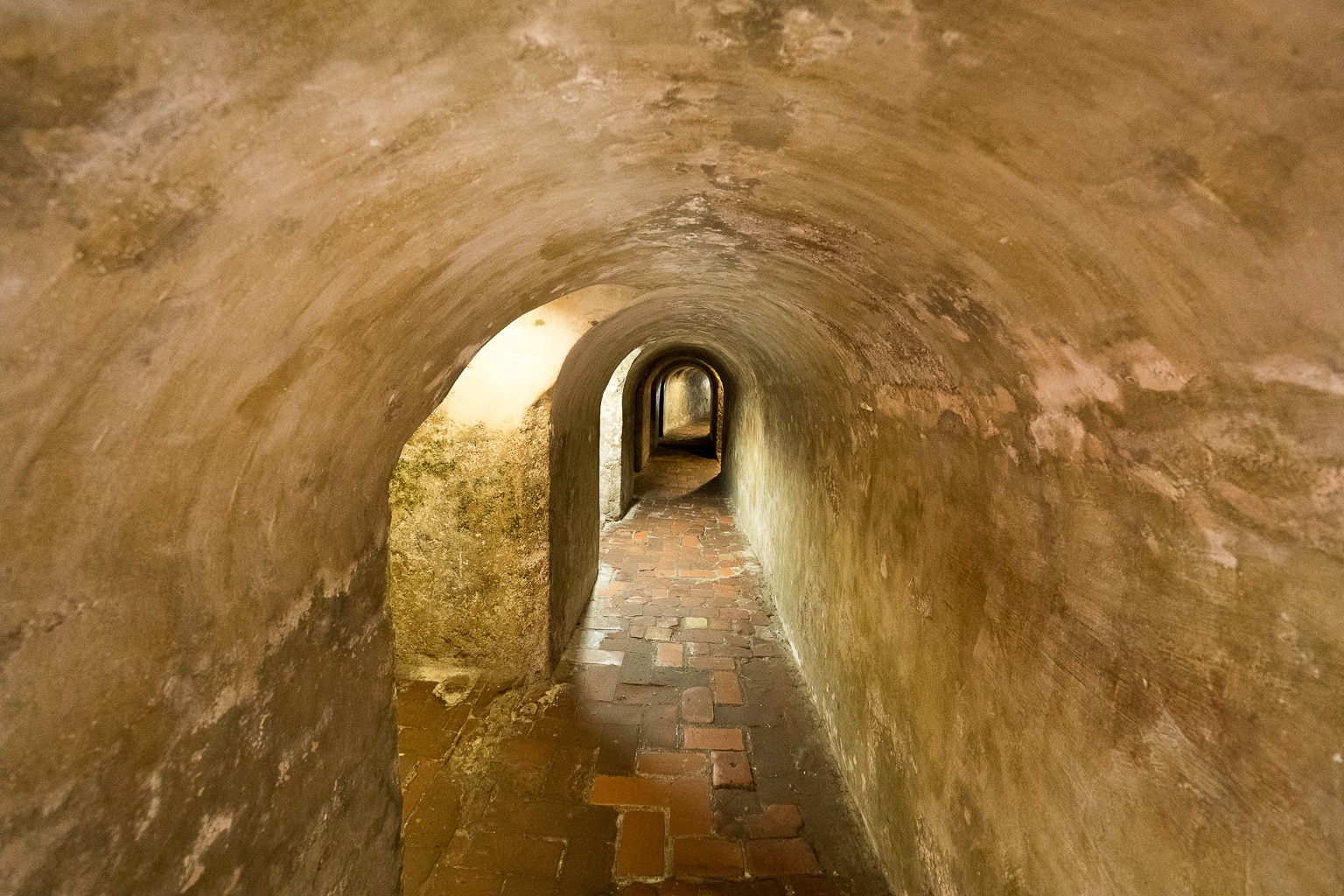
Be sure to visit first thing in the morning when the gates open at 7am, to beat the crowds and the blistering sun. Tours are offered in English and Spanish, starting shortly thereafter.
7. Hang Out at Playa Bocagrande
Bocagrande is the neighbourhood on a peninsula extending from the corner of the walled city, forming a natural harbour sheltered from climate and conquest over the years.
Because of its shape and location, it’s not that appealing to walk to Bocagrande unless you’re staying there. In that case, I’d prefer taking a ride from my accommodation.
They don’t call it Little Miami for nothing. There, you’ll find the modern strip of high-rise hotels, including the Hyatt Regency Cartagena.
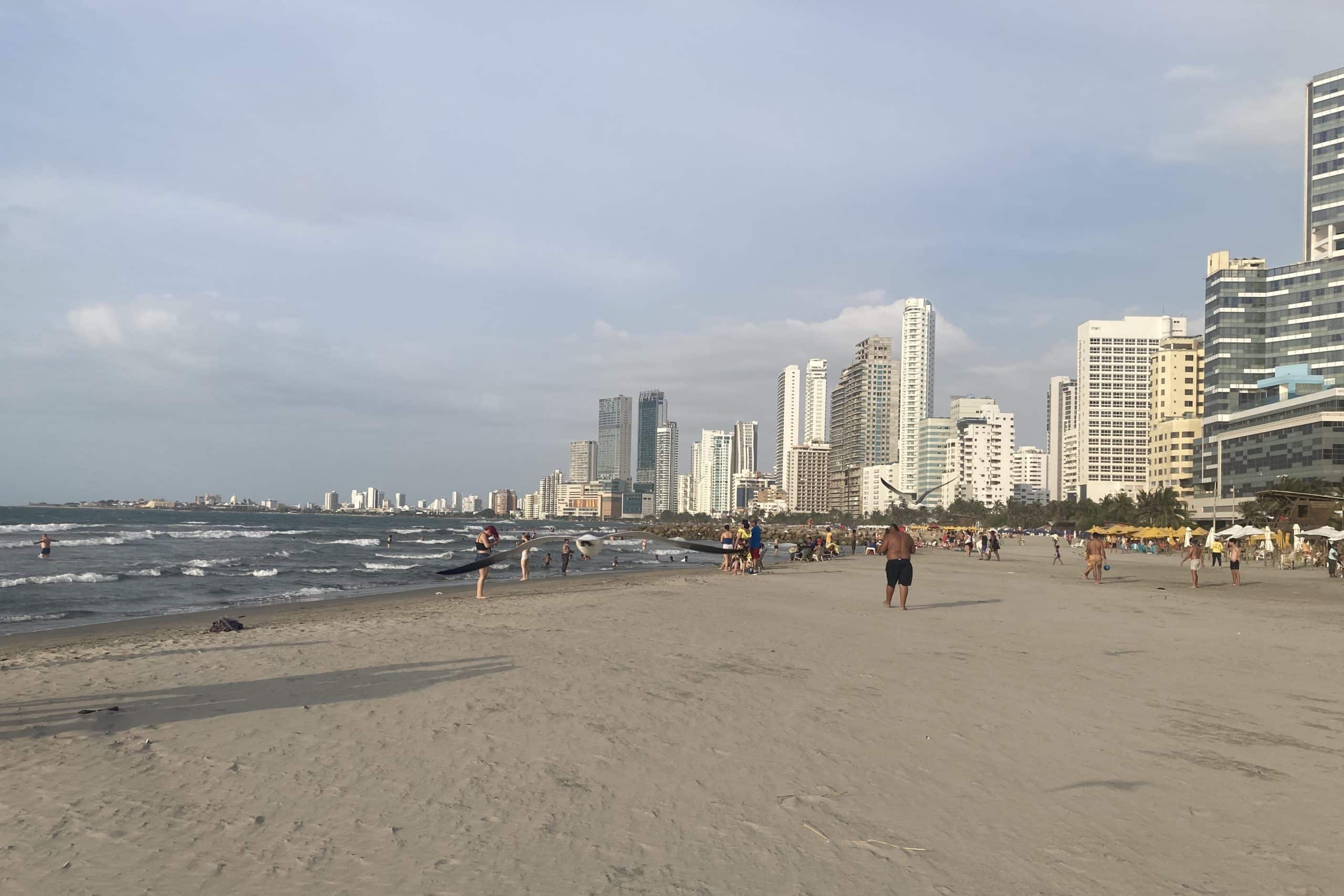
The beach is long, straight, and thin, and also very windy. Being so exposed, the views from the hotels feature uninterrupted open ocean, but it’s not a great place to swim.
It’s quite crowded, as a trendy destination. You’ll find bar staff and other vendors jockeying to sell you refreshments and places to sit.
Bocagrande is a fun place if you’re charmed by the chaos of a tropical beach town where locals aggressively make a living from the tourist economy. But if you’re looking for serenity, I’d give it a miss.
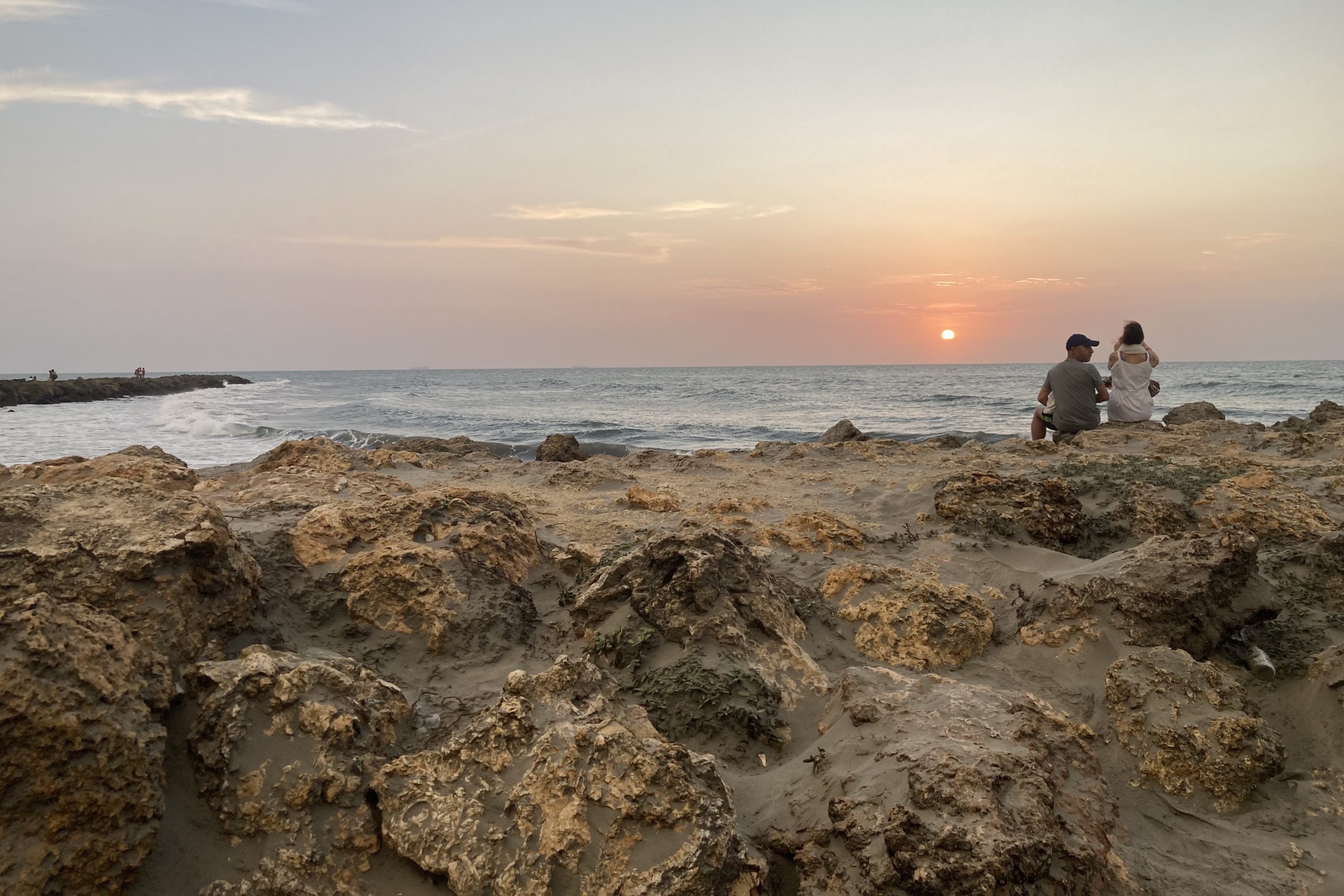
8. Visit the Rosario Islands
If seaside serenity and quality swimming are more your speed, consider taking a trip to one of Cartagena’s nearby islands.
Beyond the harbour, the coastline is dotted with islands and beaches. Closest to the city is Tierra Bomba, a strategic military fortress with a great view of Bocagrande across the water.
A bit further, you’ll come across the island of Baru, home to Playa Blanca. This beach is one of the most popular in the city since a road has been built to the island. The once-pristine shoreline is now suffering from the effects of overcrowding.
The real gems are the Rosario Islands, about a 60–90-minute boat ride from Cartagena. This constellation of islands ranges in size, with Isla Grande housing dozens of waterfront resorts, and others barely large enough to fit a single bungalow.

Here, you’ll find picturesque Caribbean scenes, with white sand beaches and calm turquoise seas for excellent swimming.
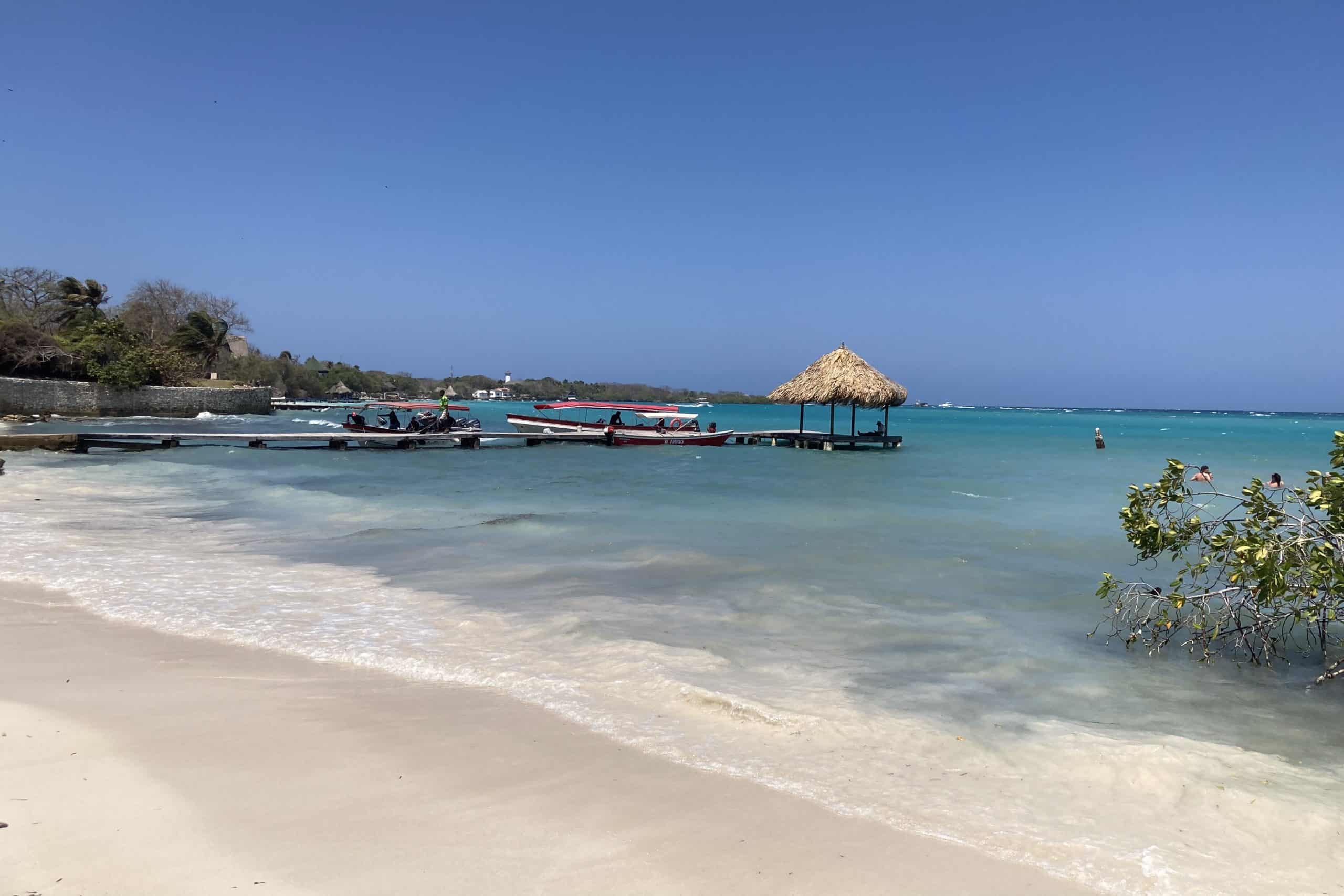
You can visit the Rosario Islands from Cartagena’s ferry dock, with public boats taking (almost) all visitors to a variety of destinations. There are a few different experiences you can choose from:
- Day trip to the public beach
- Day trip to a private beach, with a day pass to visit a hotel
- Private speedboat or catamaran rental
- Overnight trip to an island hotel
Flying solo at this point, I opted for a basic day trip. A word of warning: the public ferry docks are extremely chaotic, with aggressive tour providers selling you a product that you barely understand. I’d recommend going with a plan, and sticking to it.
I ended up doing a hotel day pass, which included lunch, a non-alcoholic drink, and guaranteed beach chairs on a small, quiet stretch of sand. I don’t feel like I got great value for what I paid, with very little value added over the public beach in my opinion.
If you’re travelling with a large enough group, a private excursion is the way to go. You’ll get more flexibility with where you go and how you spend your time – for example, swimming versus drinking on the boat – while keeping your cost per person down. Many experiences have food and/or drinks included.
Staying at a hotel is probably the best way to get the idyllic island experience. Day trips are a bit hectic and rushed with only a few hours on shore. An overnight (or several) would be a much better way to slow down, embrace paradise, and get off the grid for a bit.
However, for the calibre of hard and soft product you’ll get, I’d expect a place like Calala Island to offer a more bespoke experience. I’m glad I visited the Rosario Islands while I was in Cartagena, but I’m not sure I’d come to Cartagena just to visit the Rosario Islands.
9. Do a Rooftop Crawl for Cocktails and Sunsets
Virtually every hotel in the old city has a rooftop bar and pool, which can be visited by non-guests.
As the boutique hotels in that part of town don’t tower over everything, there are few obstructed sightlines, and most rooftops have spectacular views.
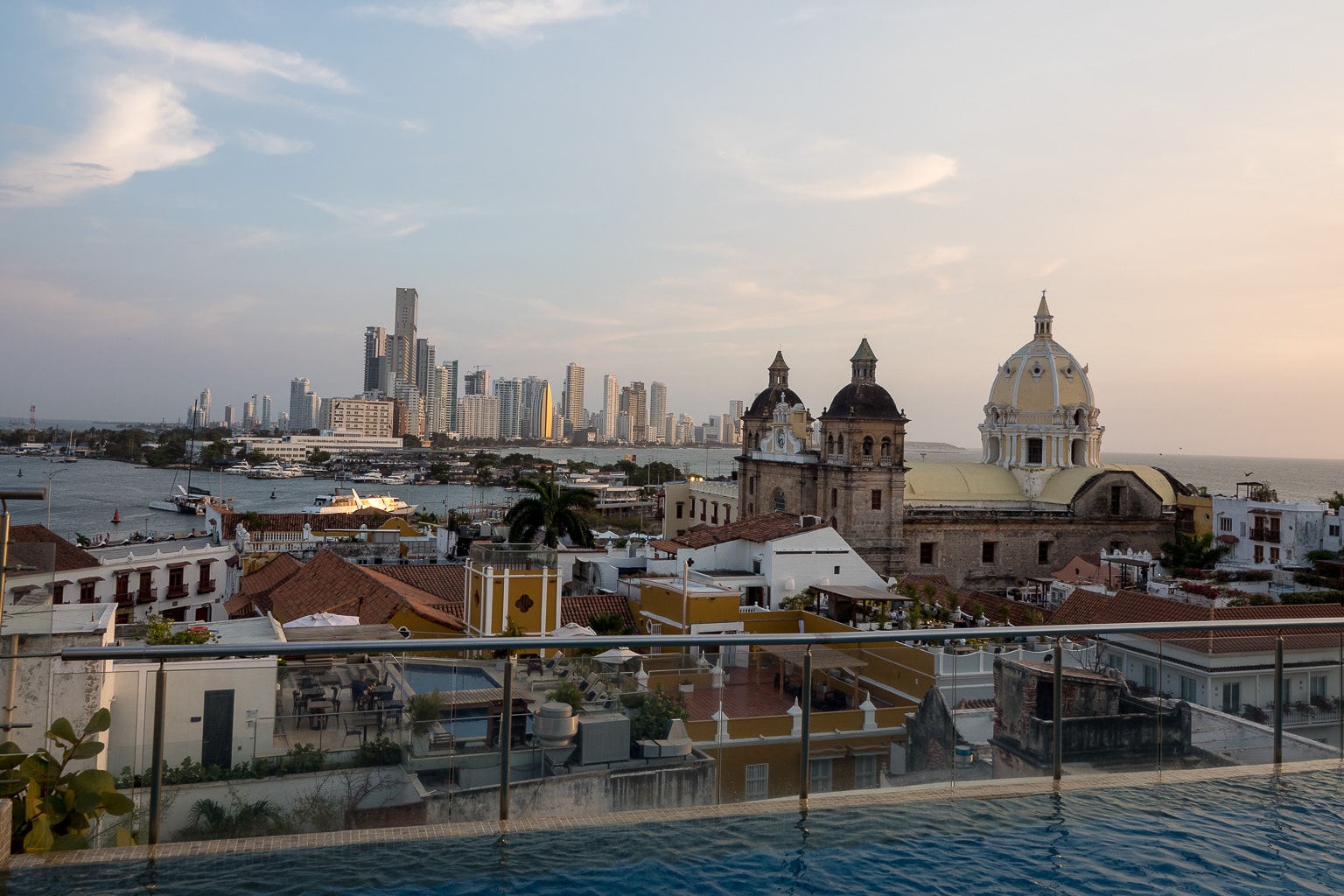
They do get quite busy, so if you plan on visiting more than one in a single night, you might want to pick a spot and camp out at least 30 minutes before sunset, if not sooner.
Among the highlights I enjoyed were the hotel rooftops at Townhouse, Sophia, and Movich. I visited Townhouse at the recommendation of a friend, and Sophia as a backup when Movich was full.
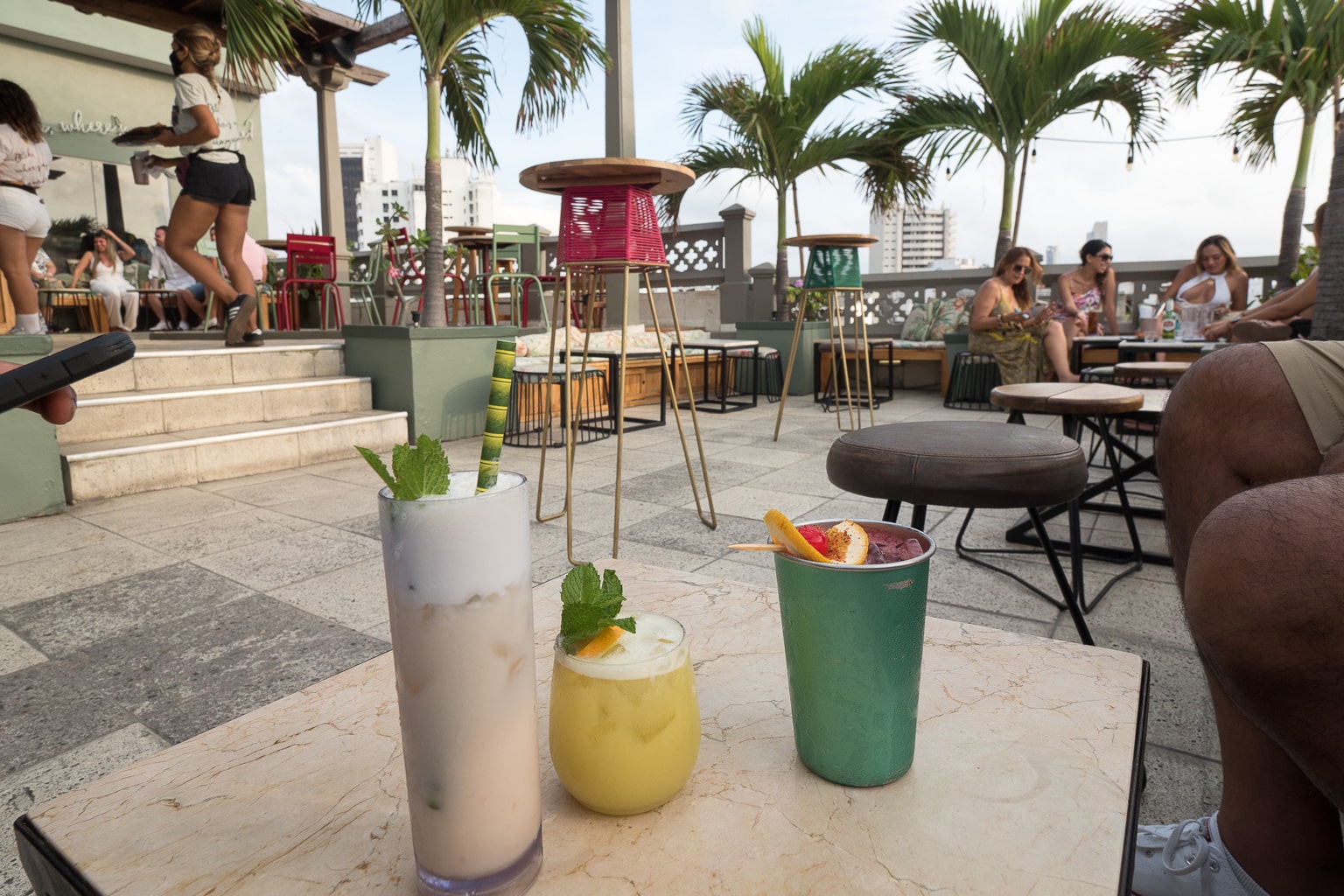
The bar at Hotel Movich is particularly popular. It’s rightfully known as the best rooftop view in Cartagena, peeking above the other buildings. Its panoramic vista spans colonial cathedrals nearby, and the modern Bocagrande skyline in the distance.

(Incidentally, Hotel Movich also participates in the World of Hyatt program, through its affiliation with Small Luxury Hotels of the World. The bar’s clientele and cocktail prices reflect this, at least relative to other similar establishments in Colombia.)
Finally, don’t miss Café del Mar, the only patio built right into the city’s walls. Drink prices are steep and lines are long, so come early, slow down, and soak up the vibes.
This spot features the classic view of Bocagrande, right from the edge of the sea. I personally preferred the rooftop views, with slices of colonial construction visible in the foreground of the same cityscape. I’d recommend splitting your sunsets to capture a different experience each night.
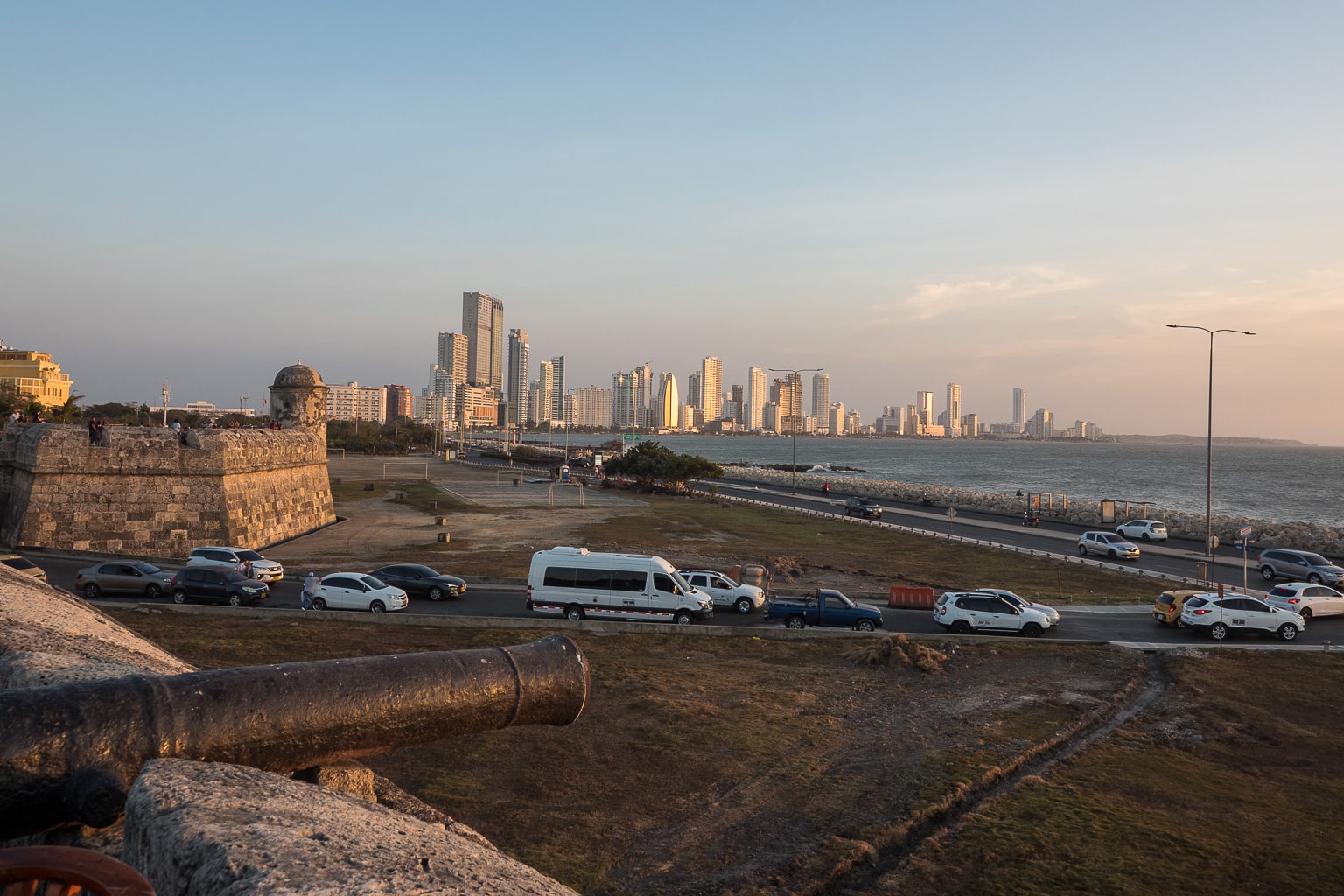
10. Learn About Gabriel García Márquez
Gabriel García Márquez was Colombia’s most famous author, and one of the country’s most successful cultural exports.
Affectionately known as Gabo by the locals, he had a strong affinity for Cartagena, and the city for him. His private residence is another landmark in the old city.
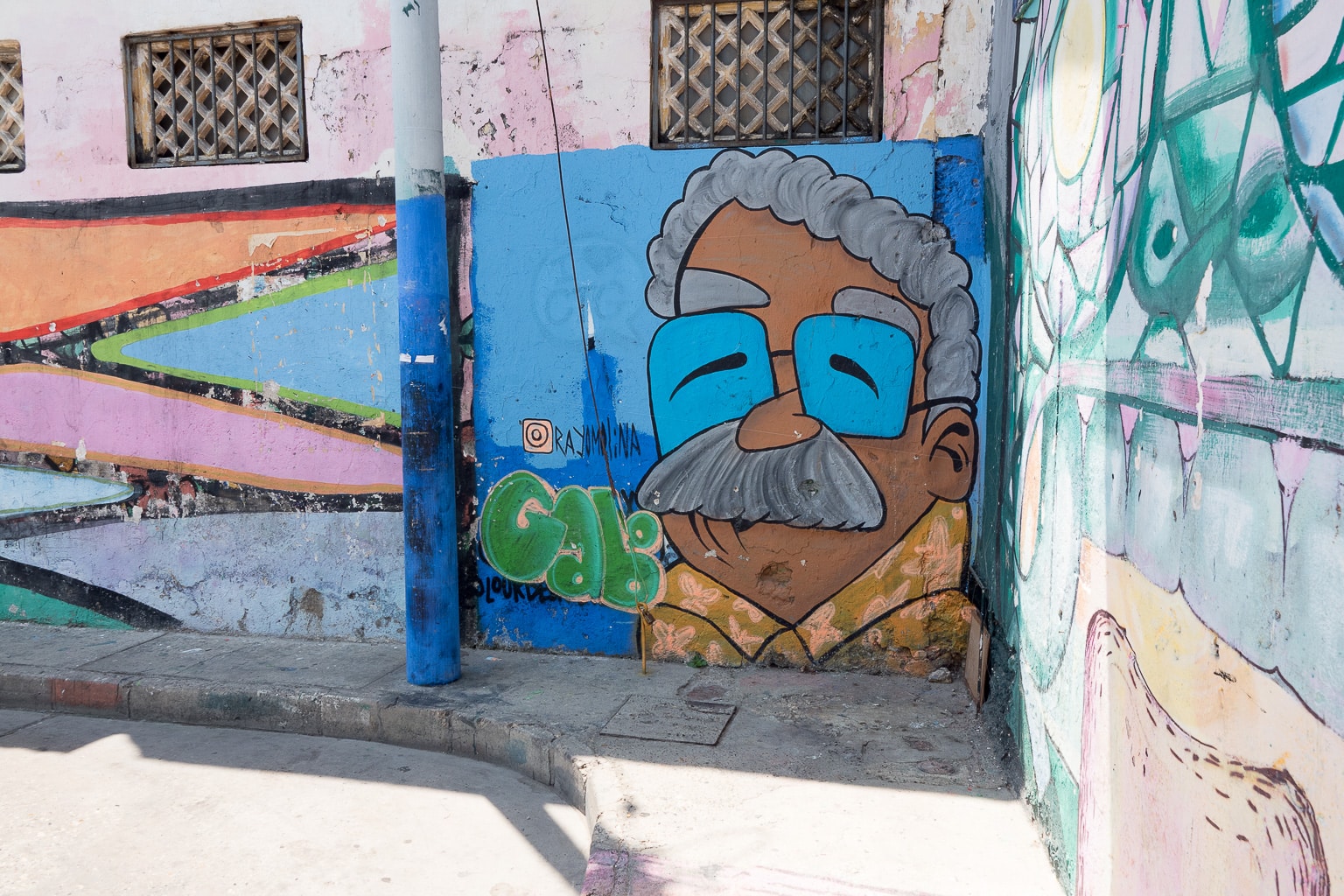
Gabriel García Márquez’s most well-known work is One Hundred Years of Solitude, while his most recommended to me was Love in the Time of Cholera. If you’re not taken by the historic sights of his life, it’d be worth picking up one of his works.
Conclusion
My time in Cartagena was a vivacious long weekend to cap off an excellent trip to Colombia. I spent five nights at a casual pace, although you can definitely hit the highlights in a day or two (or more if you’re planning a boat trip).
I was struck by how different Cartagena was from other parts of Colombia in so many ways – the oppressive climate, the cultural influence and demographics, the seafood and Caribbean-inspired foods, and the heavier emphasis on colonial architecture and history.
Through it all, it still felt distinctly Colombian, with a strong juxtaposition between old and new, and a compelling sense of friendliness and fun at its foundation.
I’ve had a few friends recommend skipping Cartagena in the interest of saving time. I couldn’t disagree more – while it might not speak to everyone, I found immense value in seeing how Colombian it felt, while simultaneously appreciating what it had to offer that makes it unique from the rest of the country. At the very least, you’re bound to have some fun!








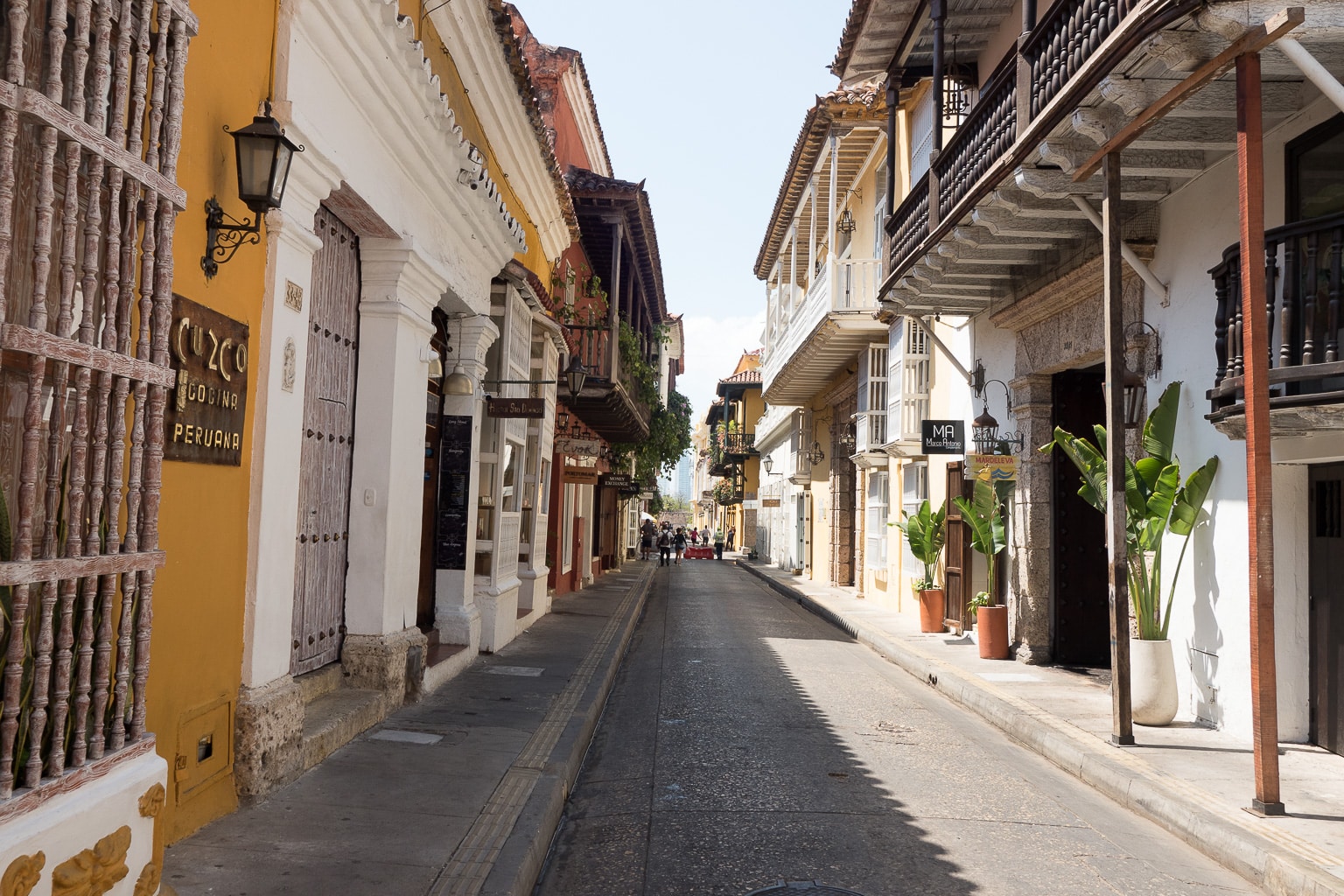
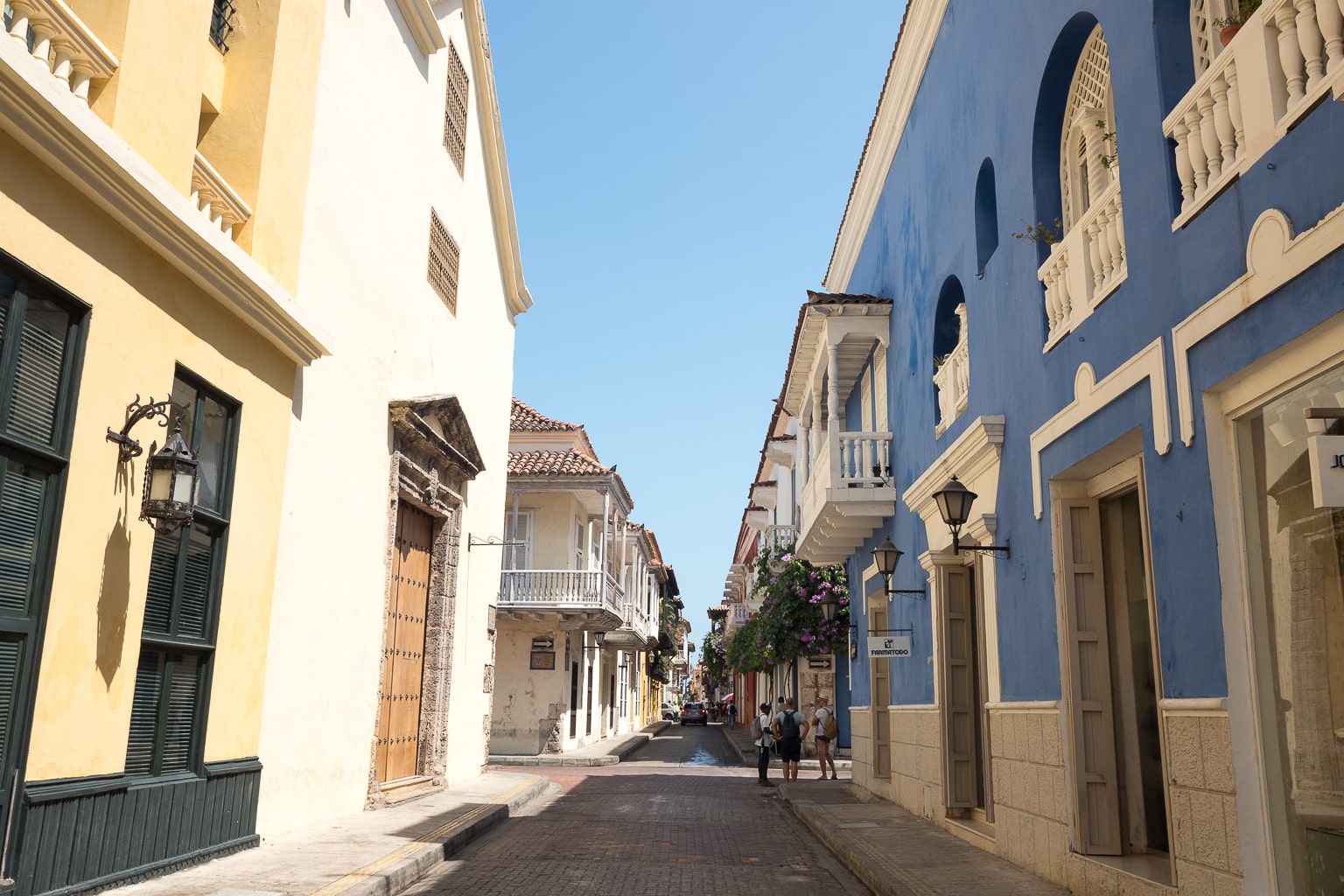

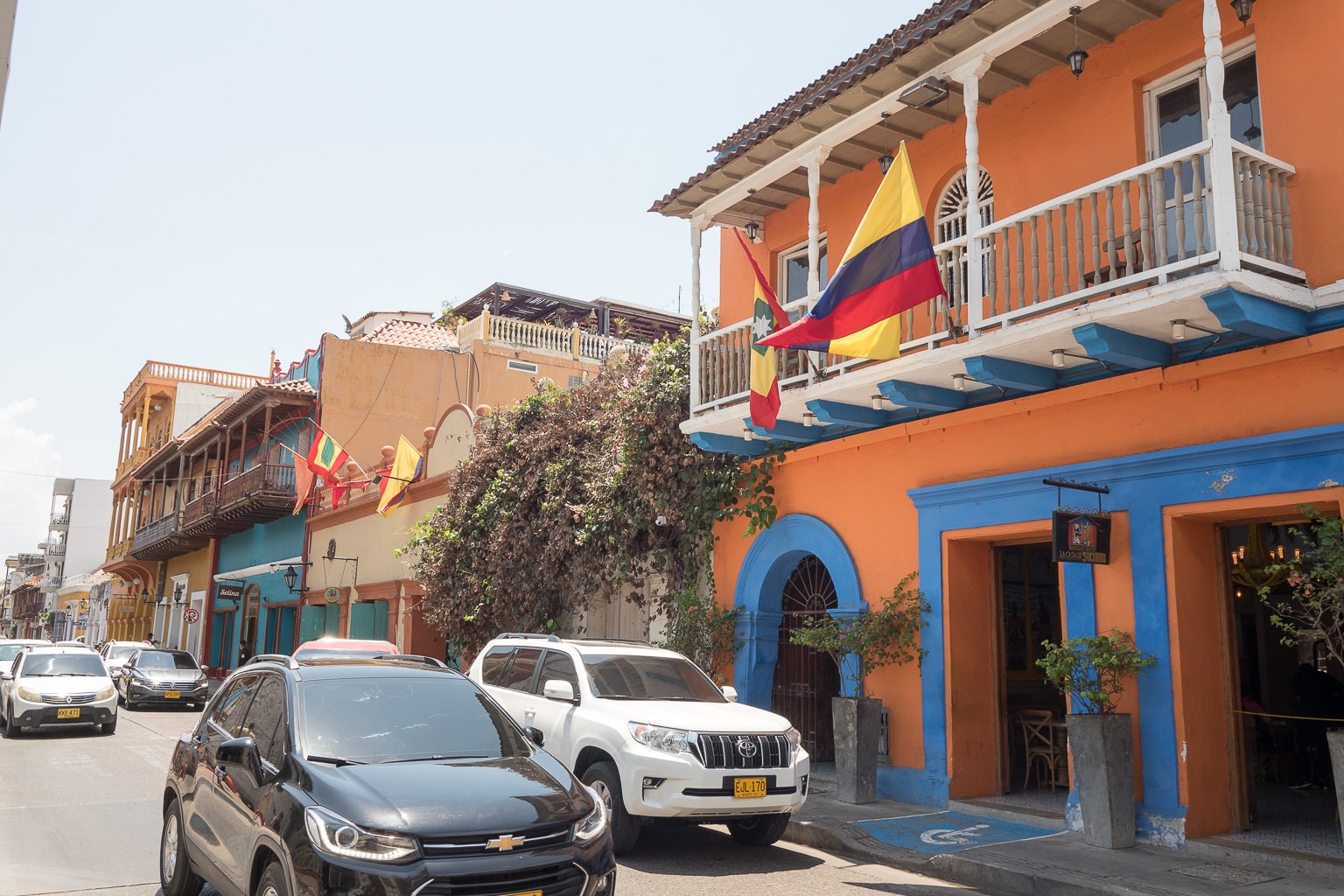
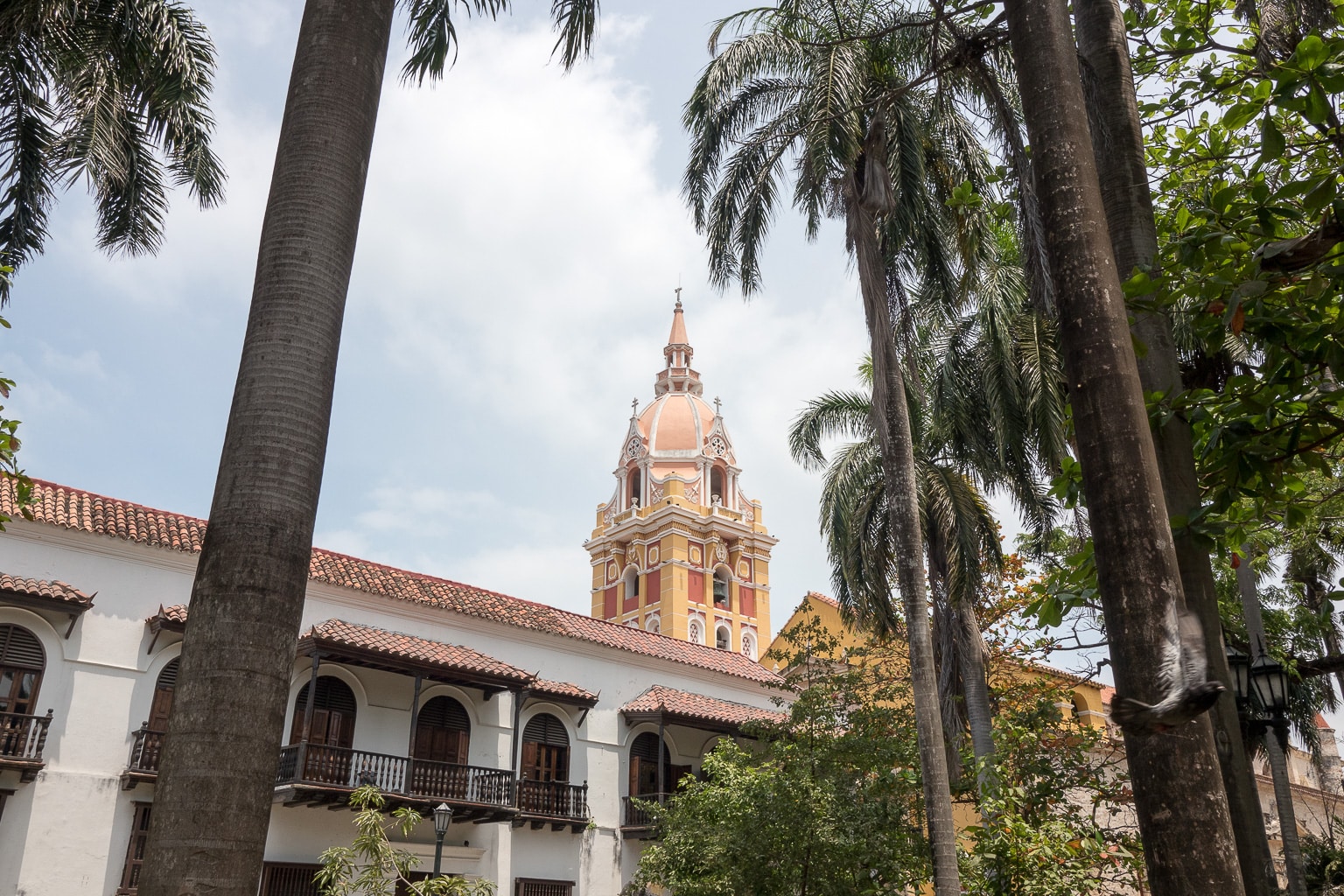
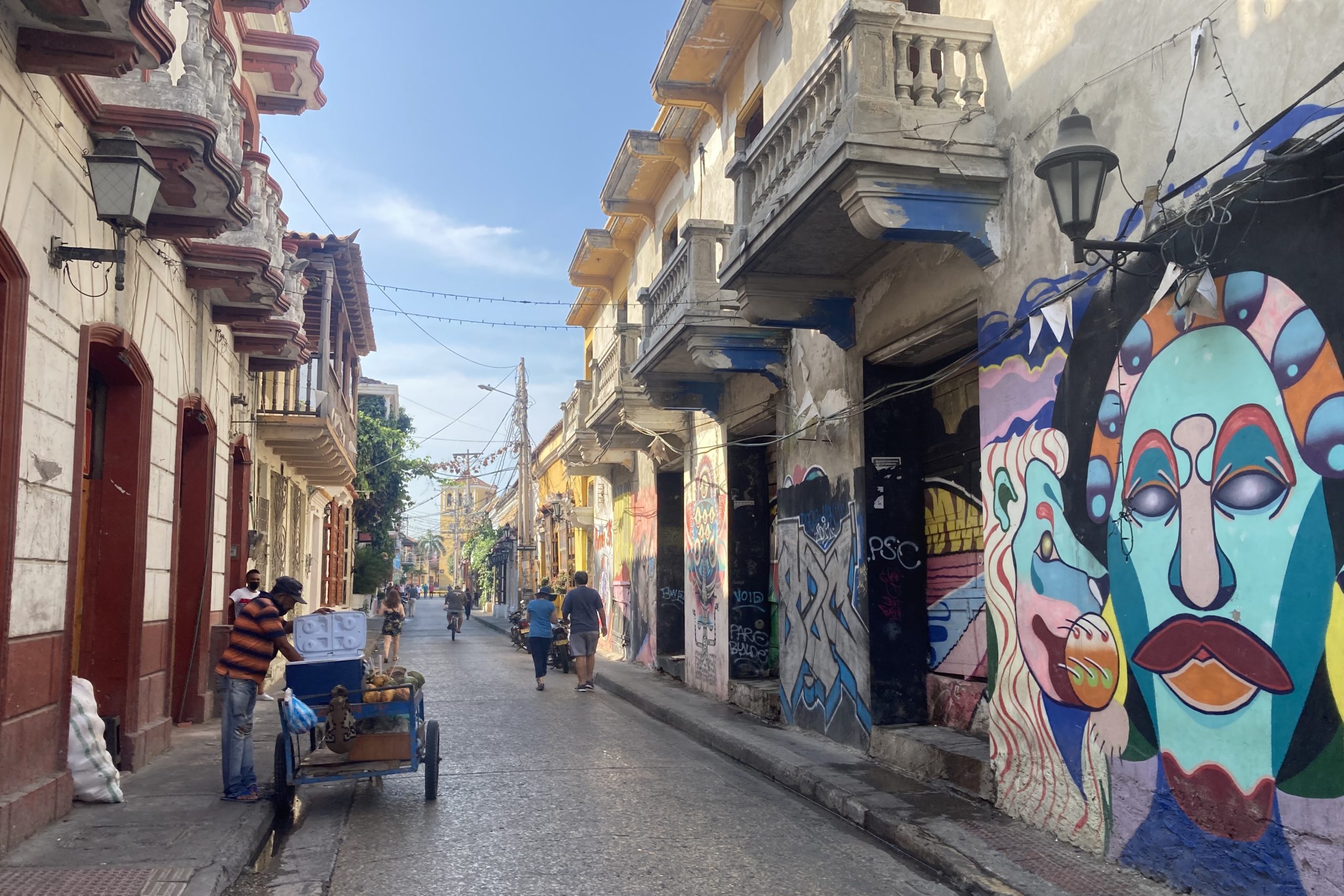

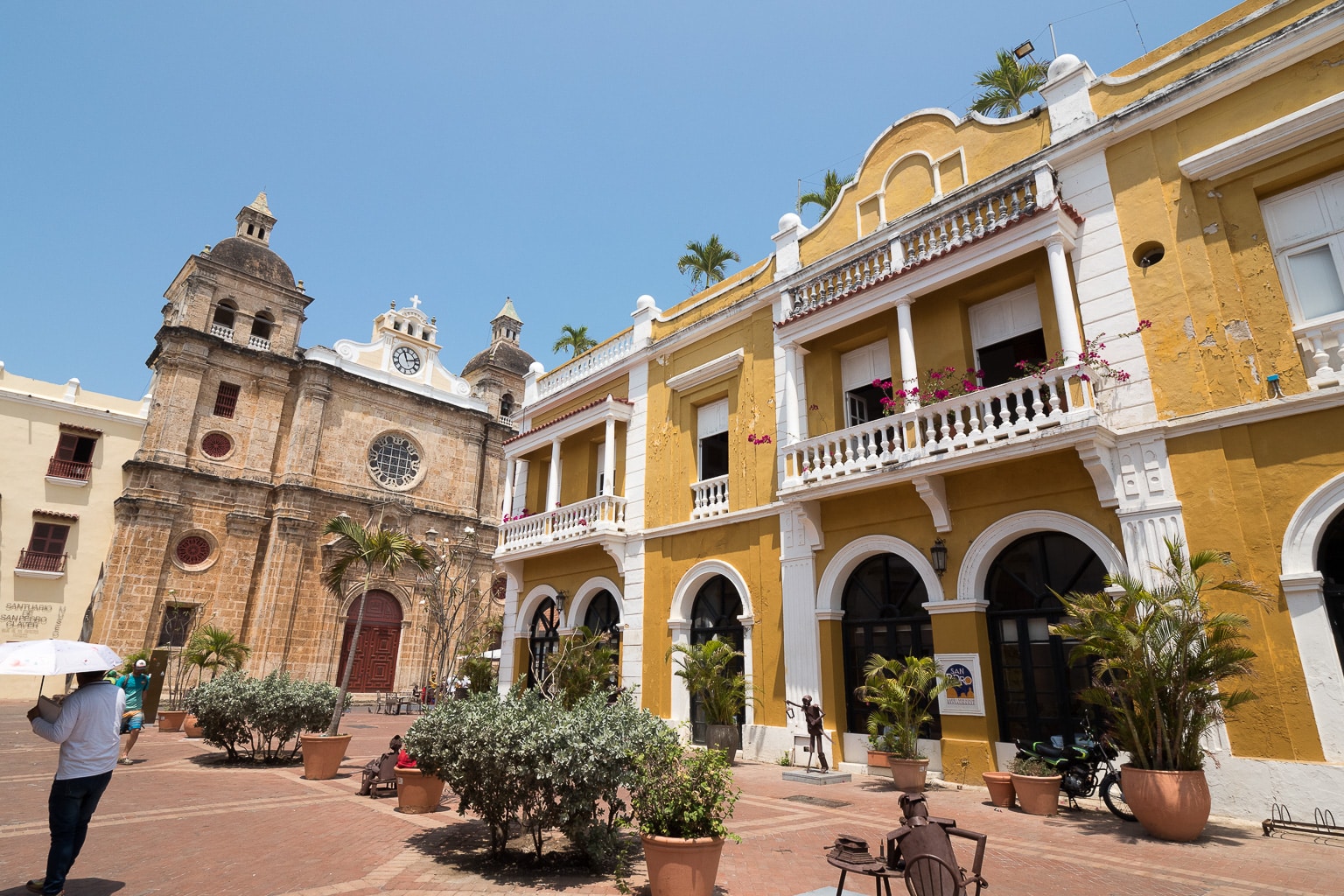
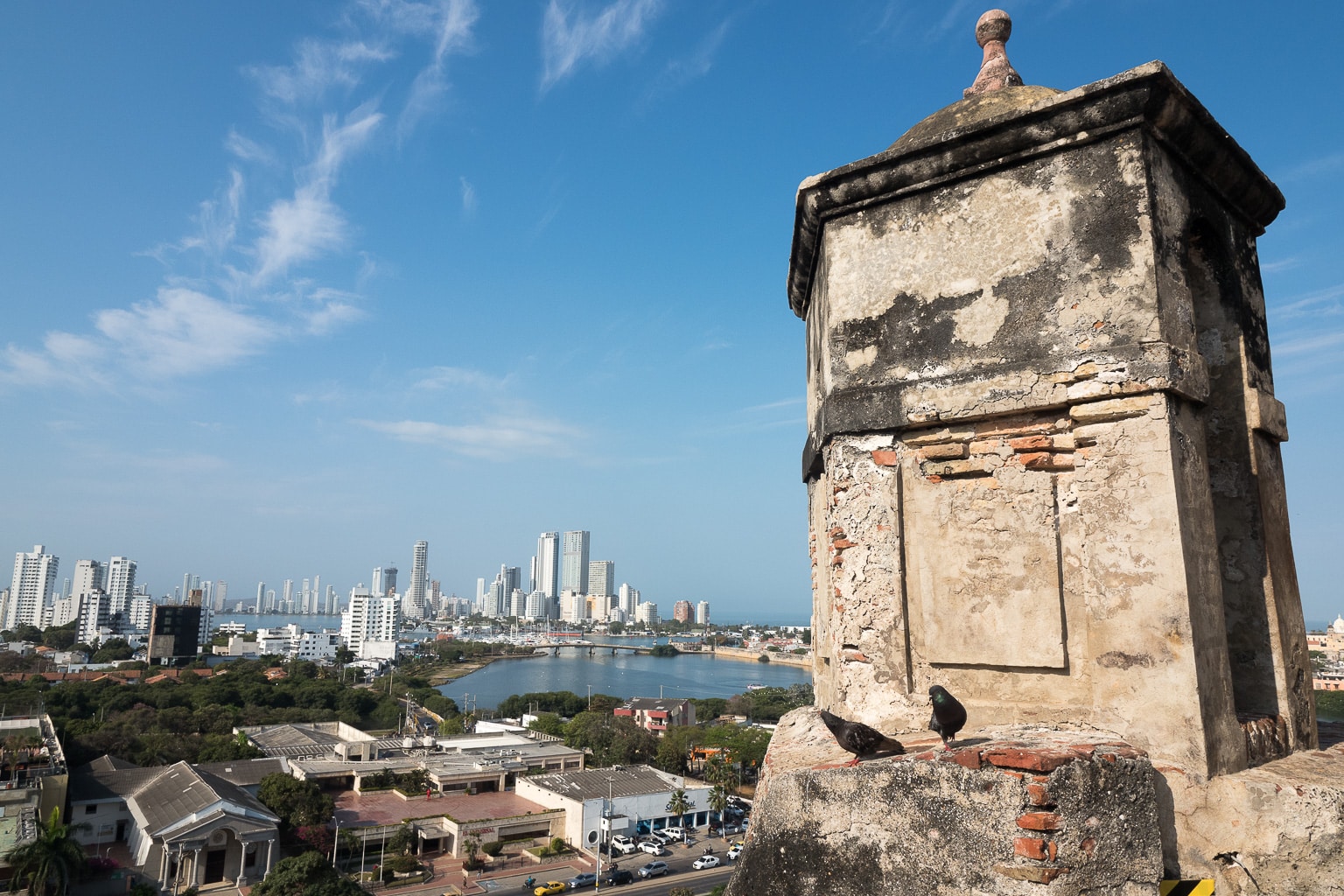
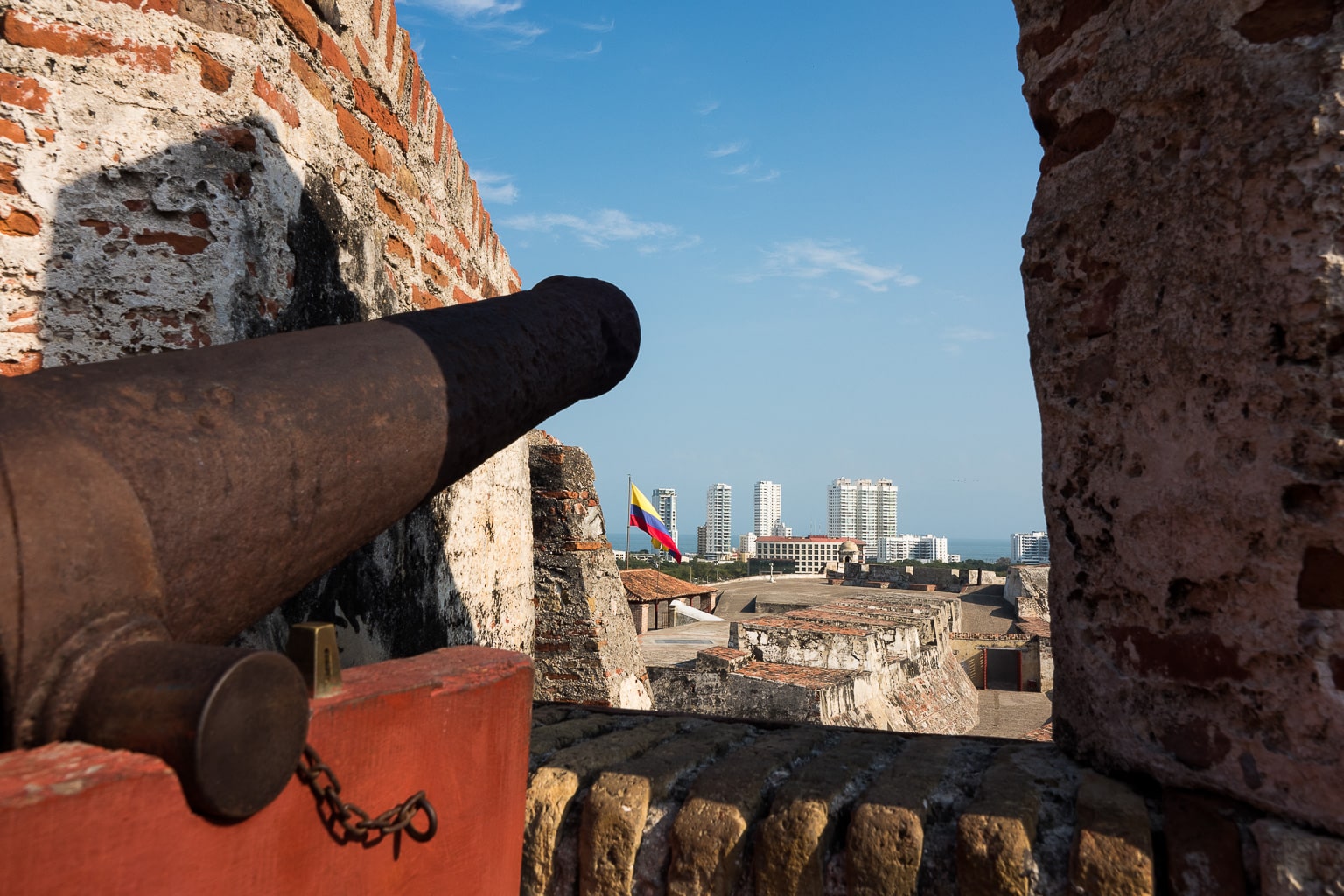
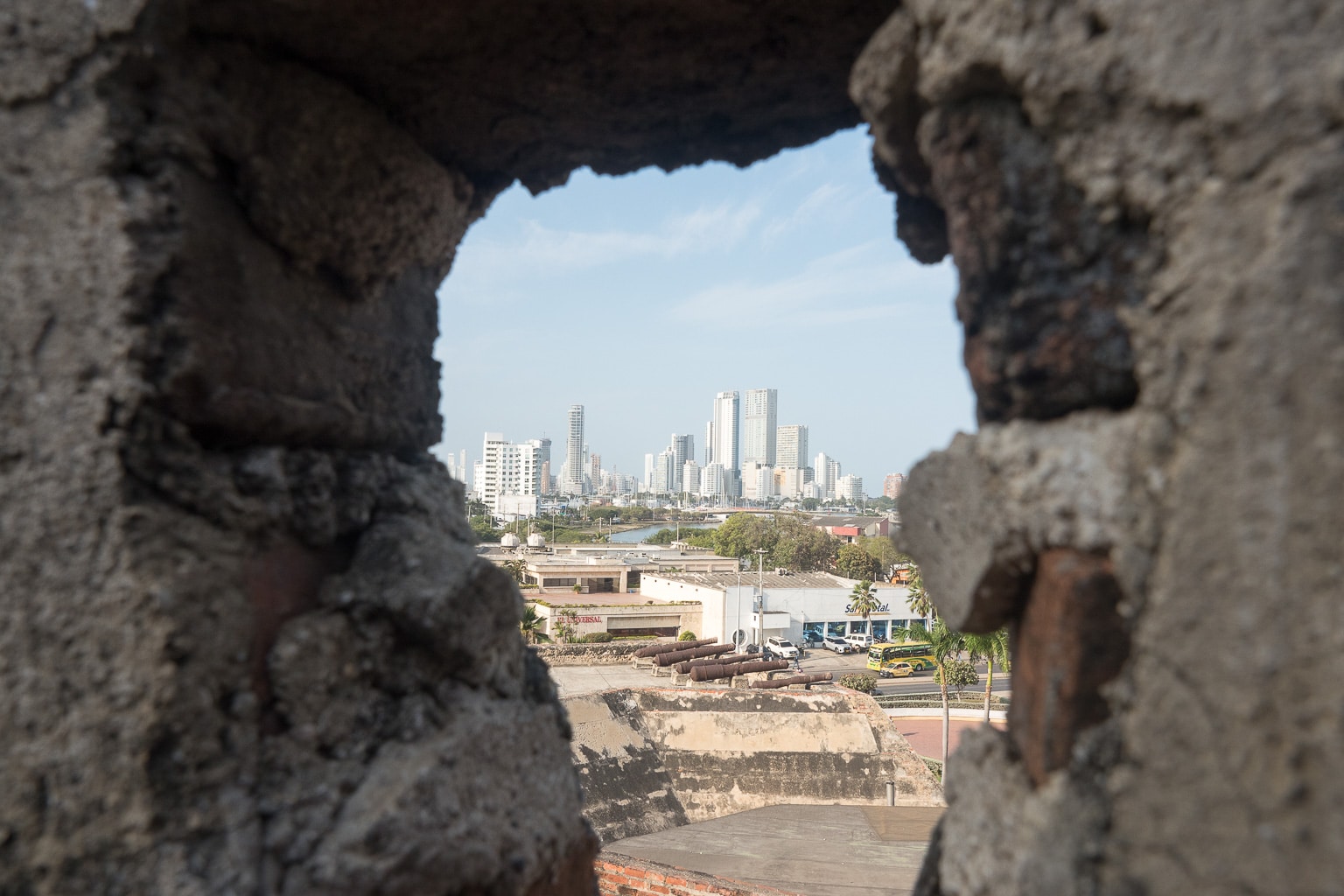














I loved staying in the old city area when there a few years ago. One thing though in Columbia was the “propina” or expected tip they applied to tourist bills. Also if you go to the beach there was much prepegao coming at me, mi amore mi amore. Not interested in that.